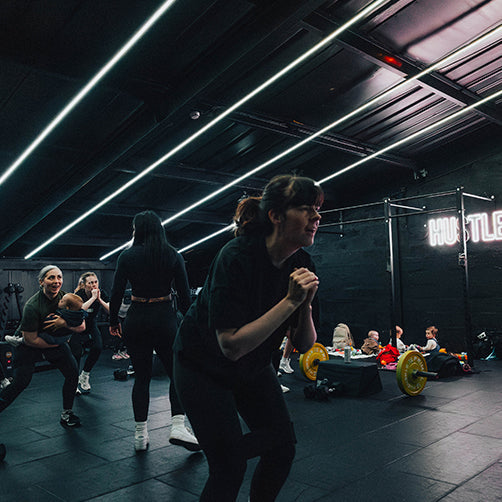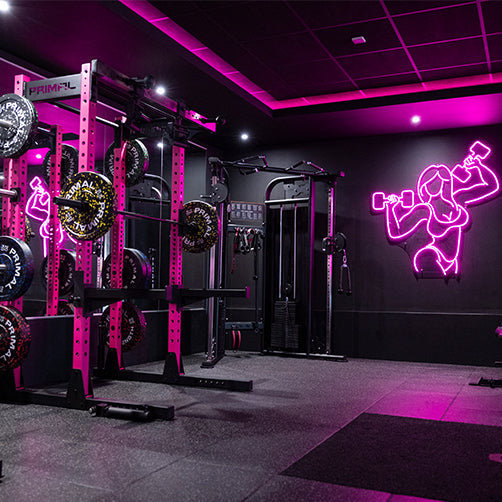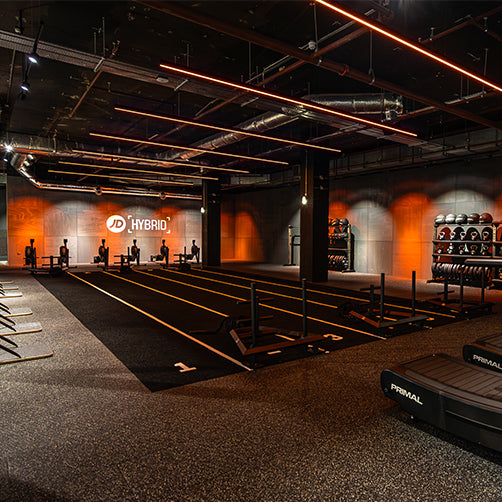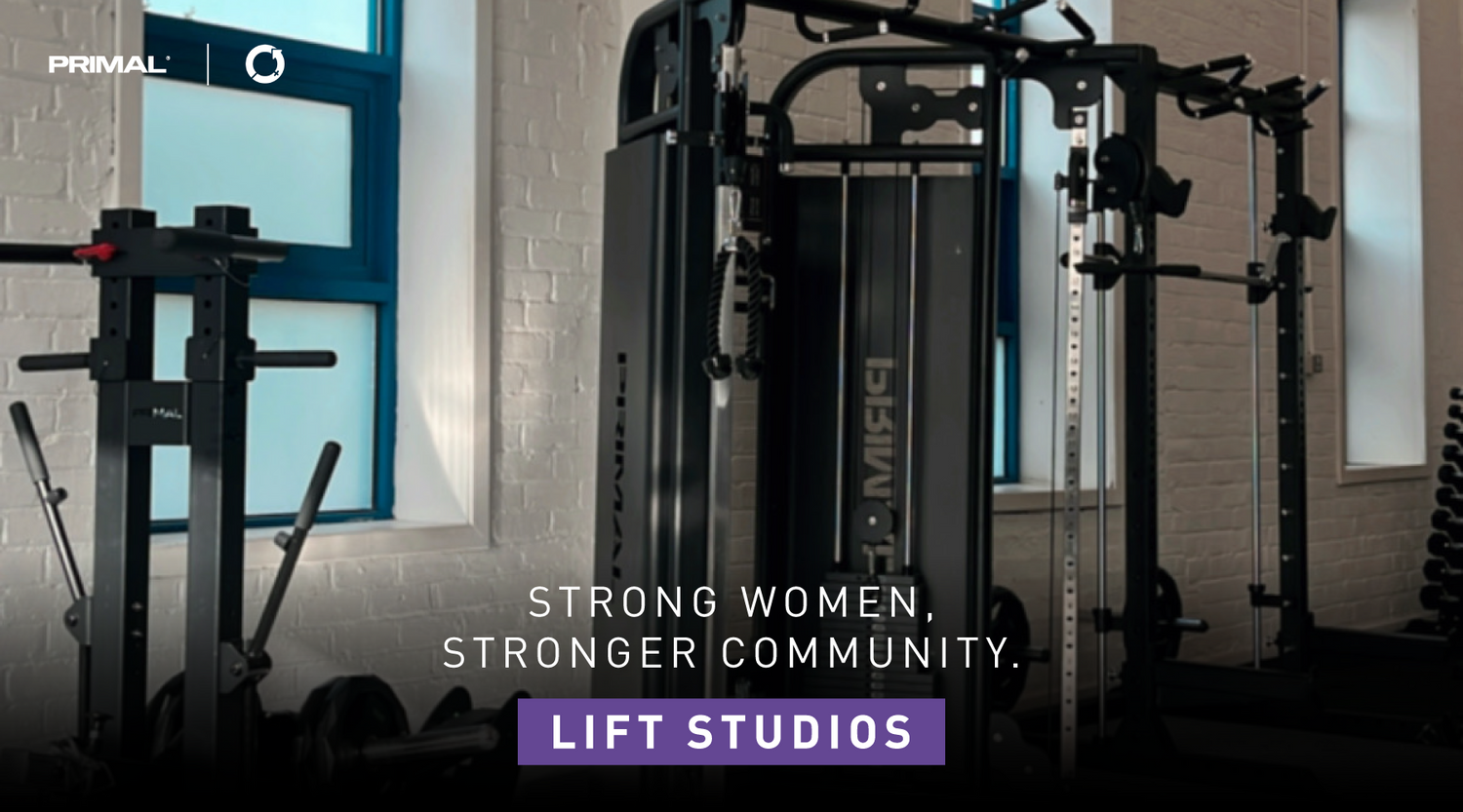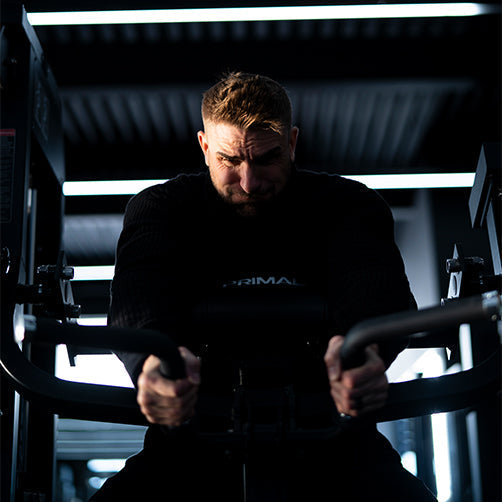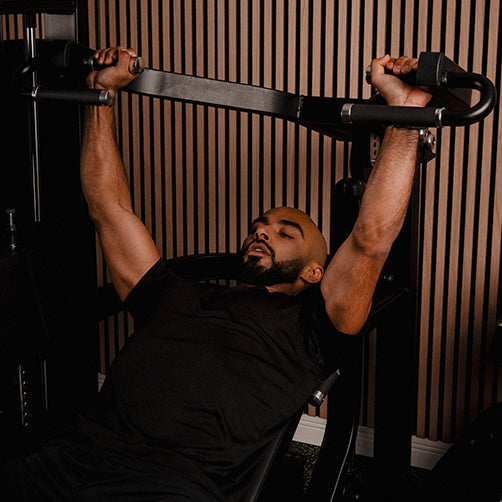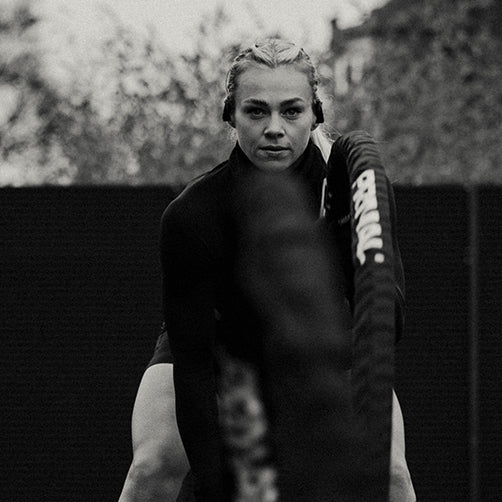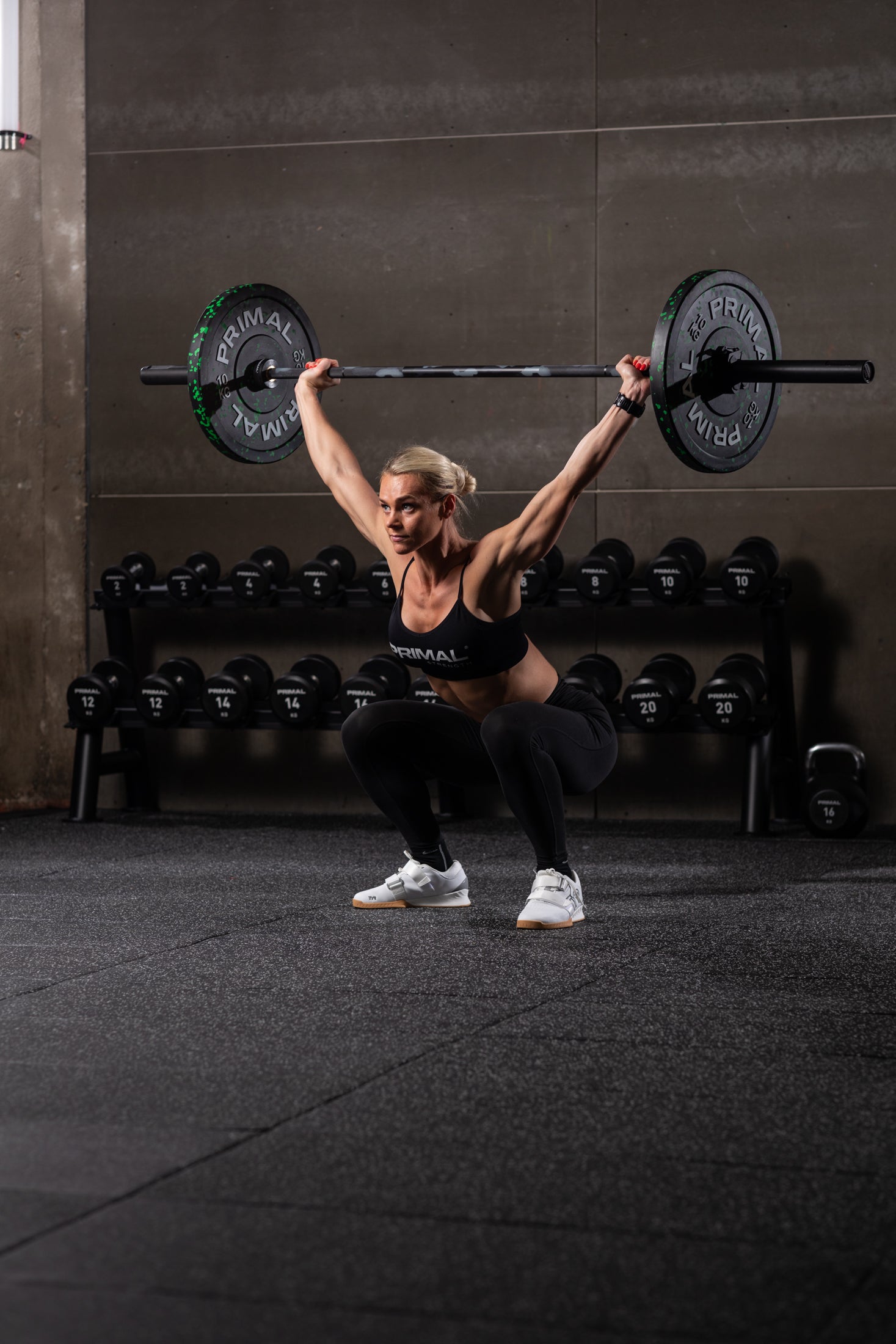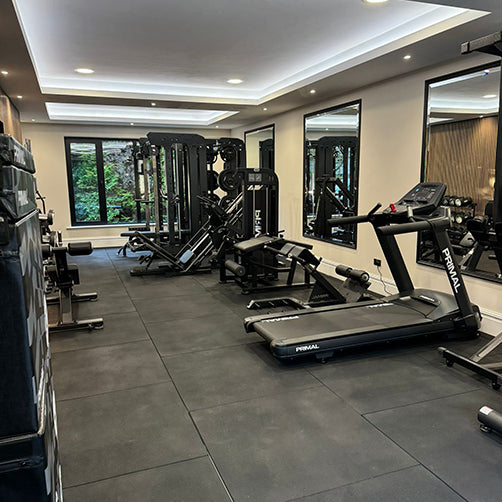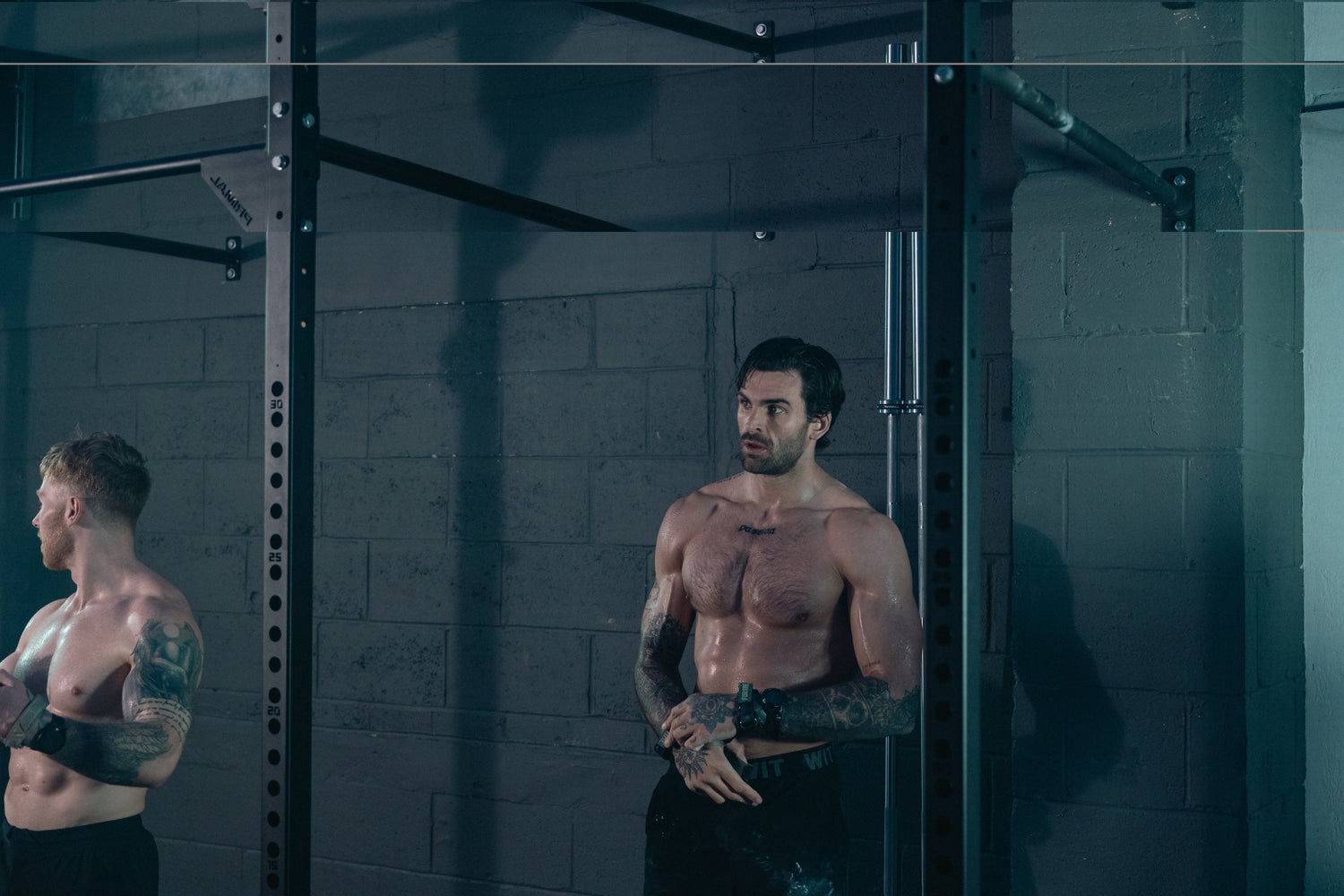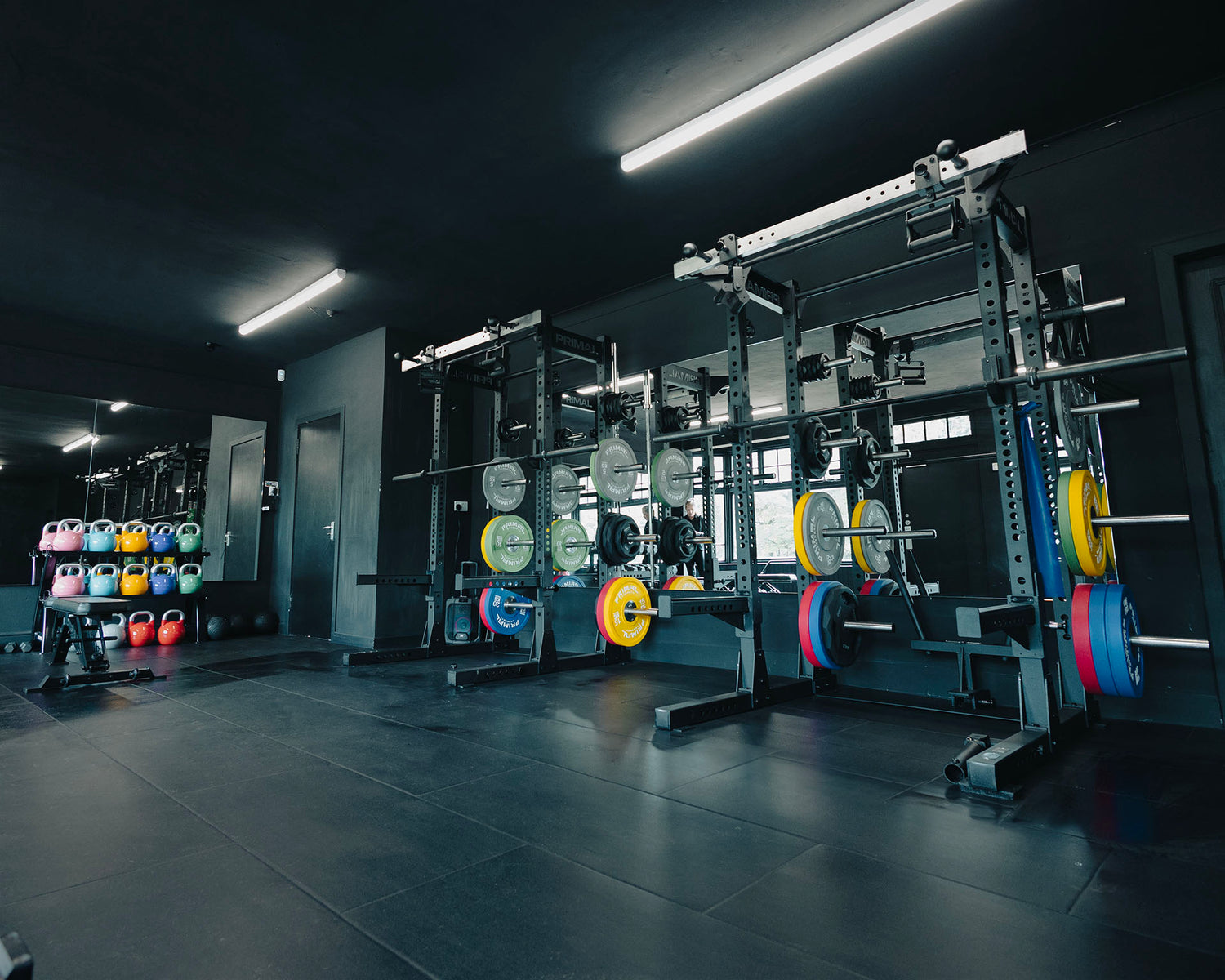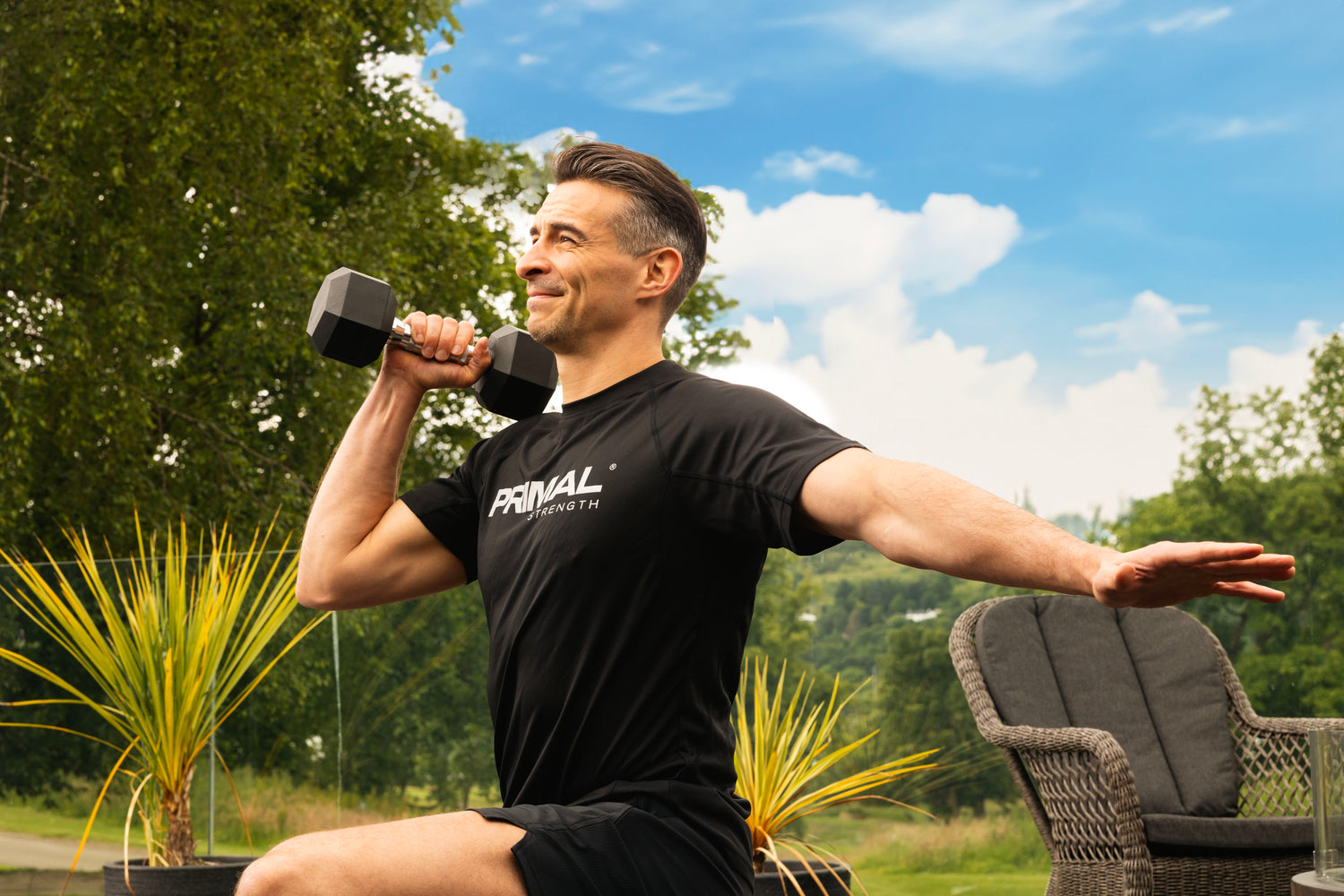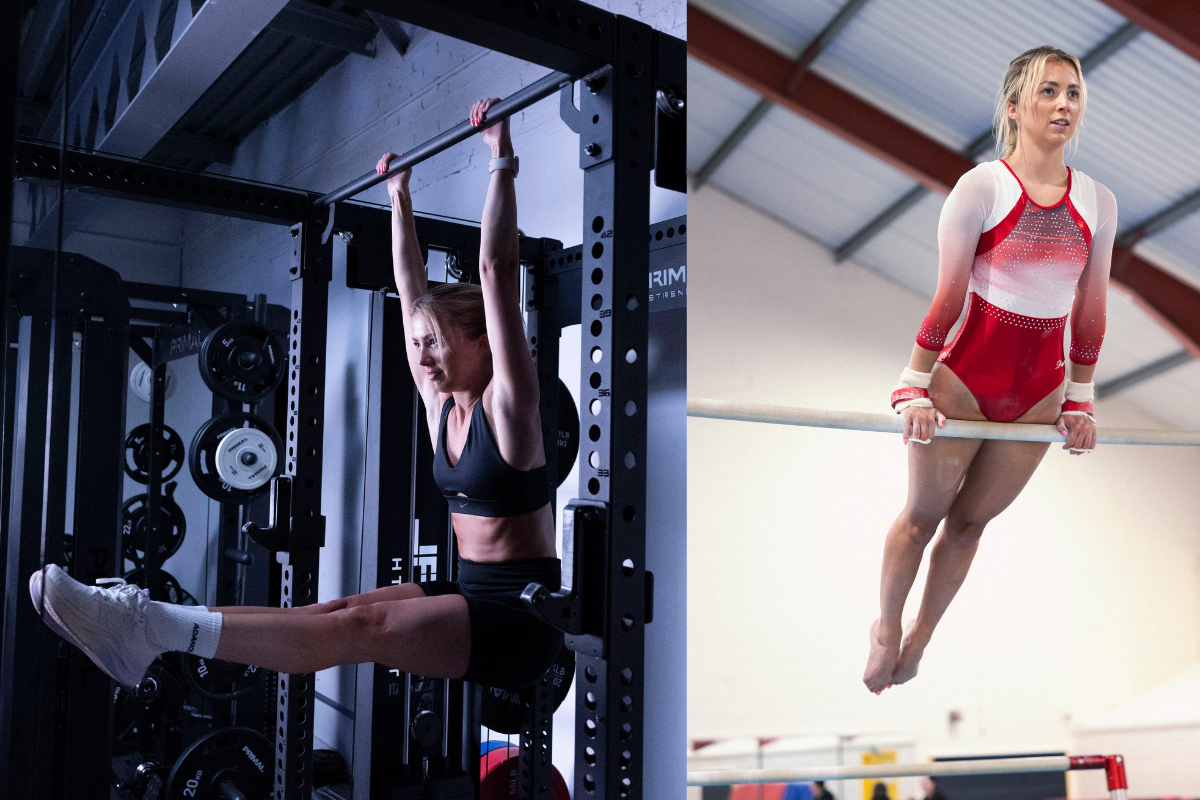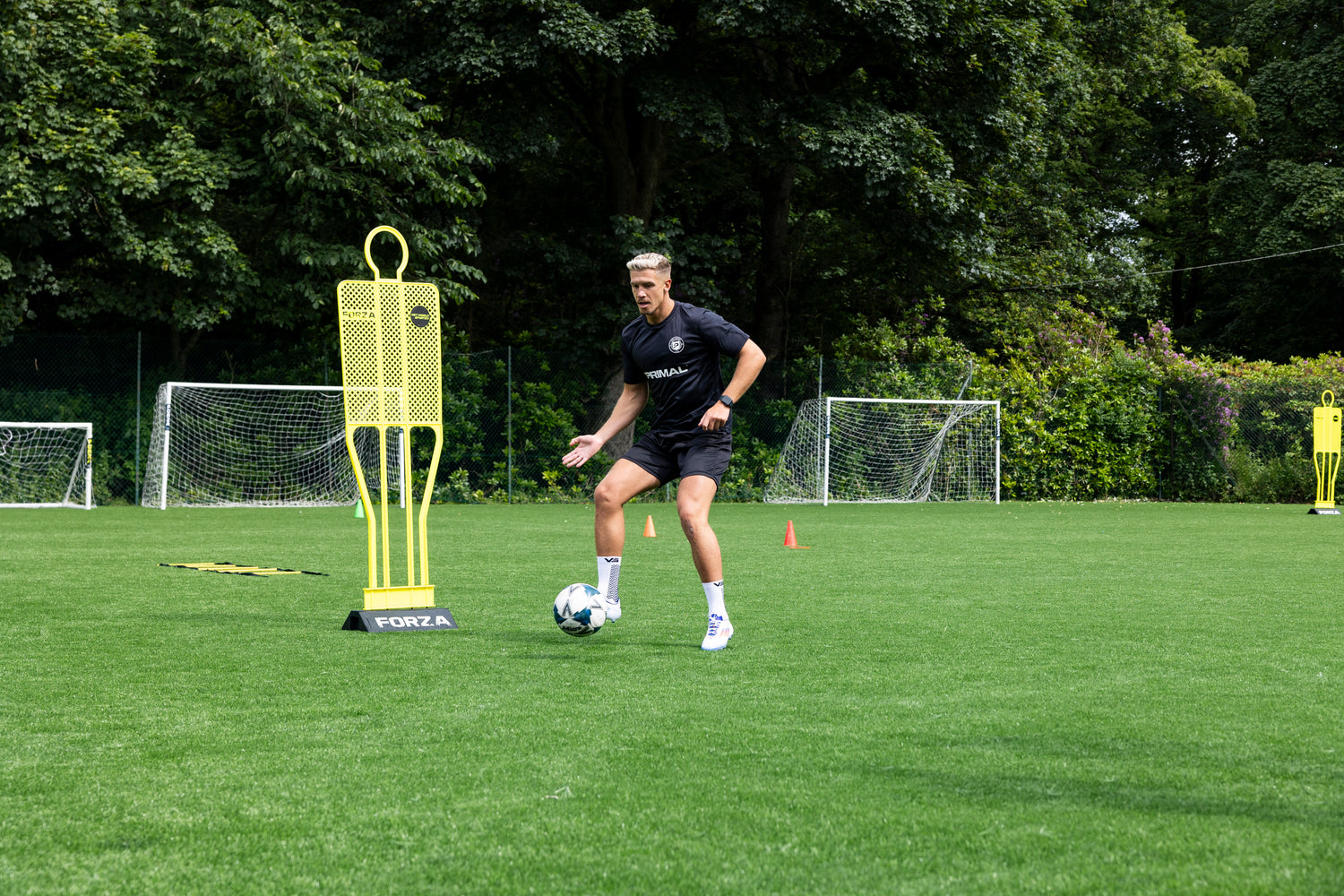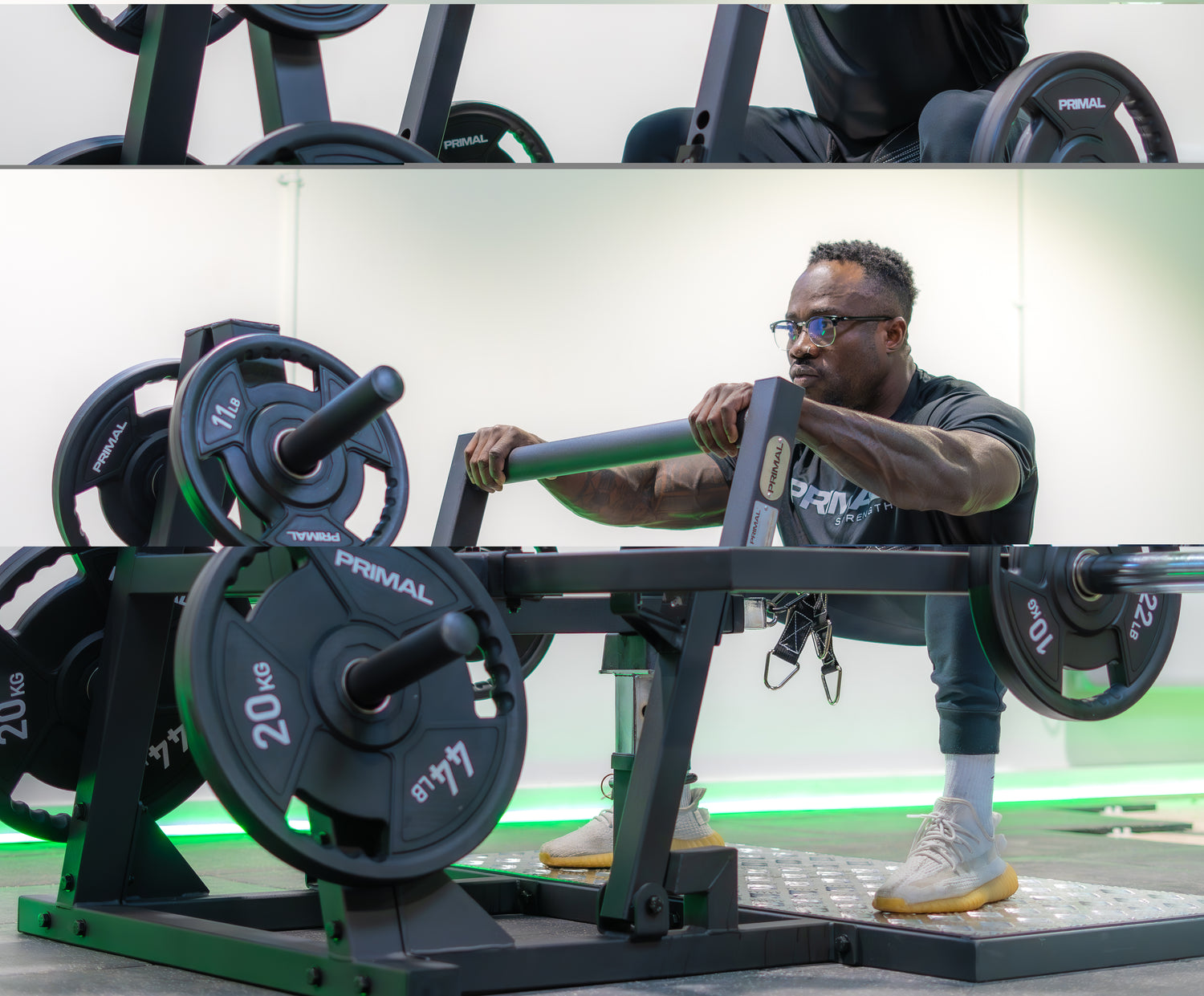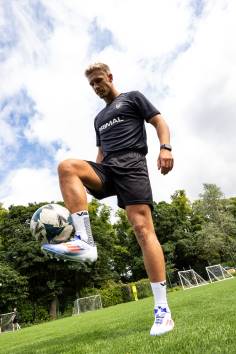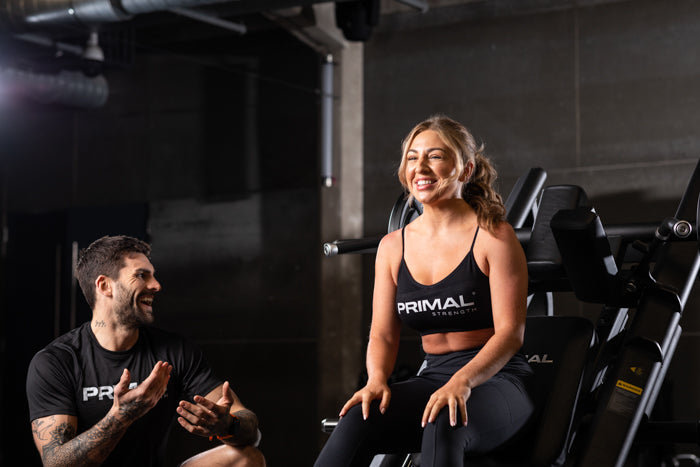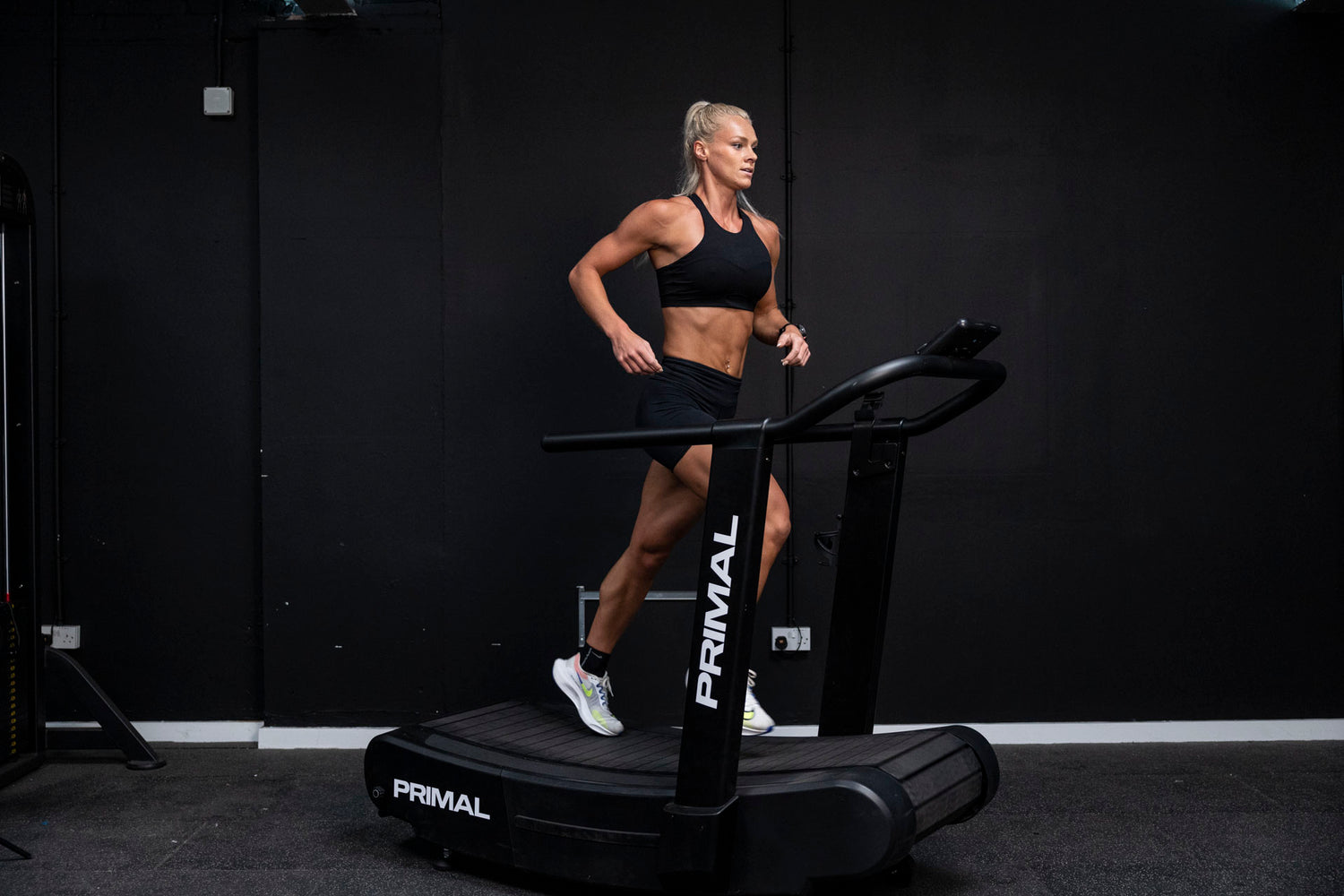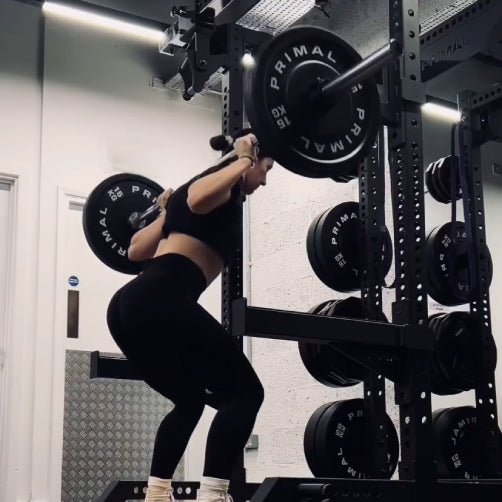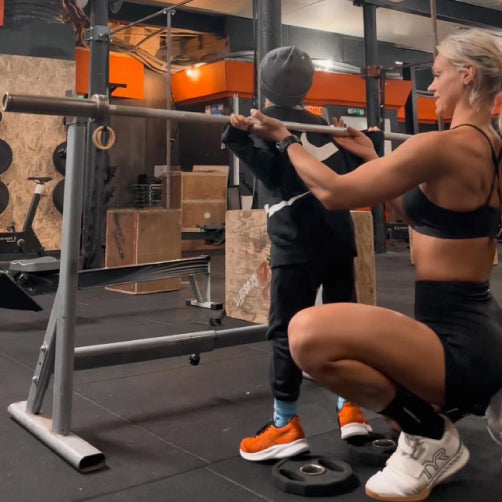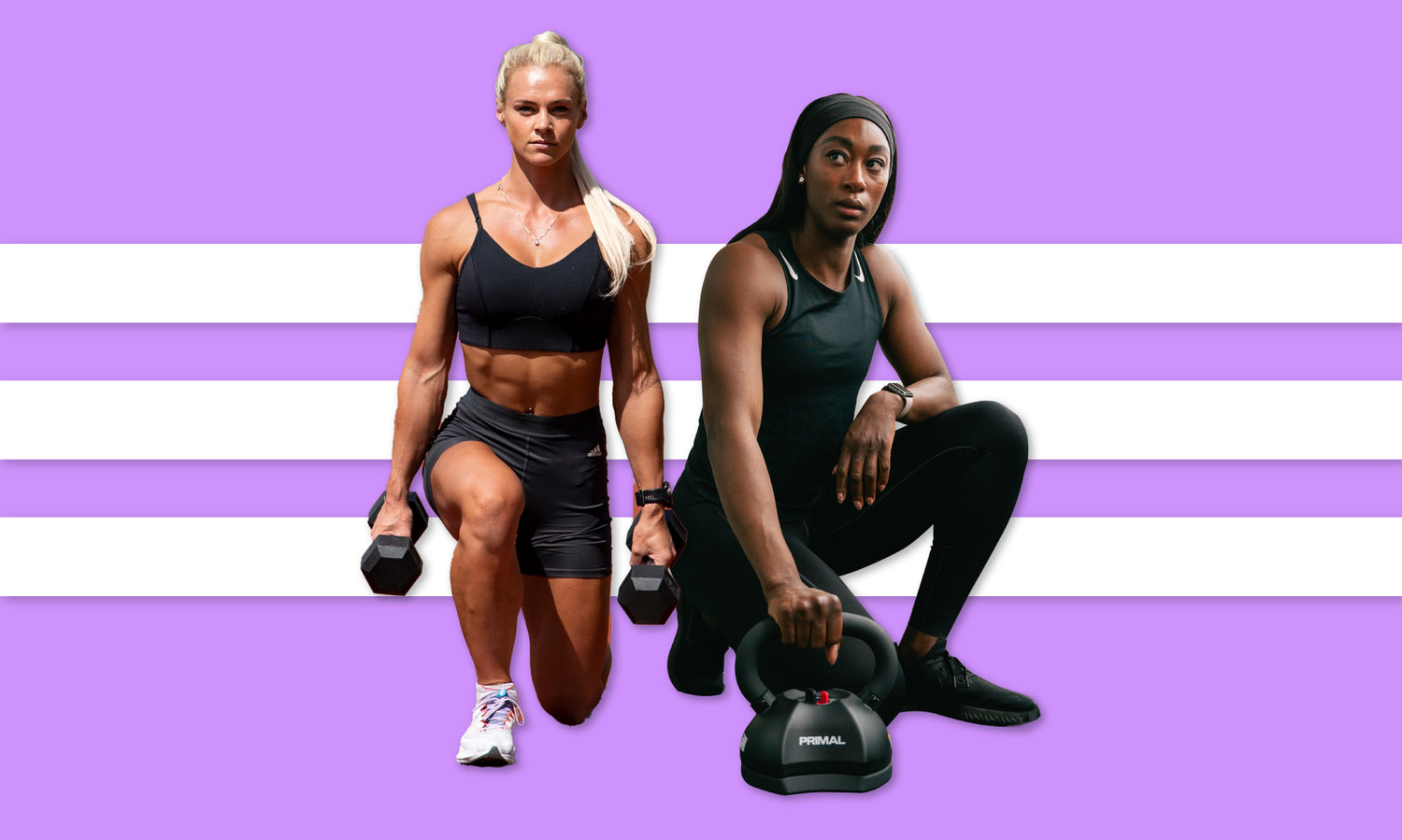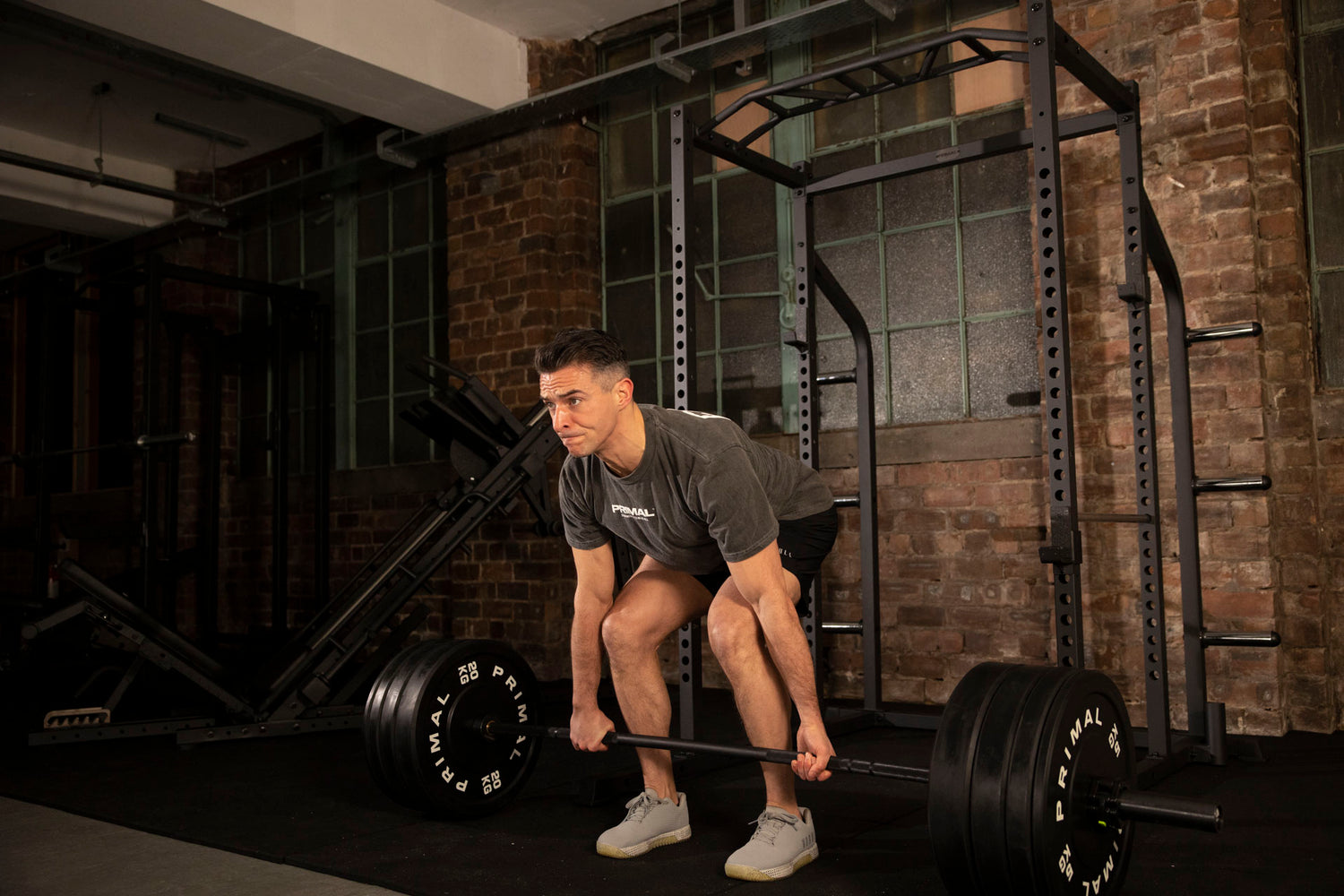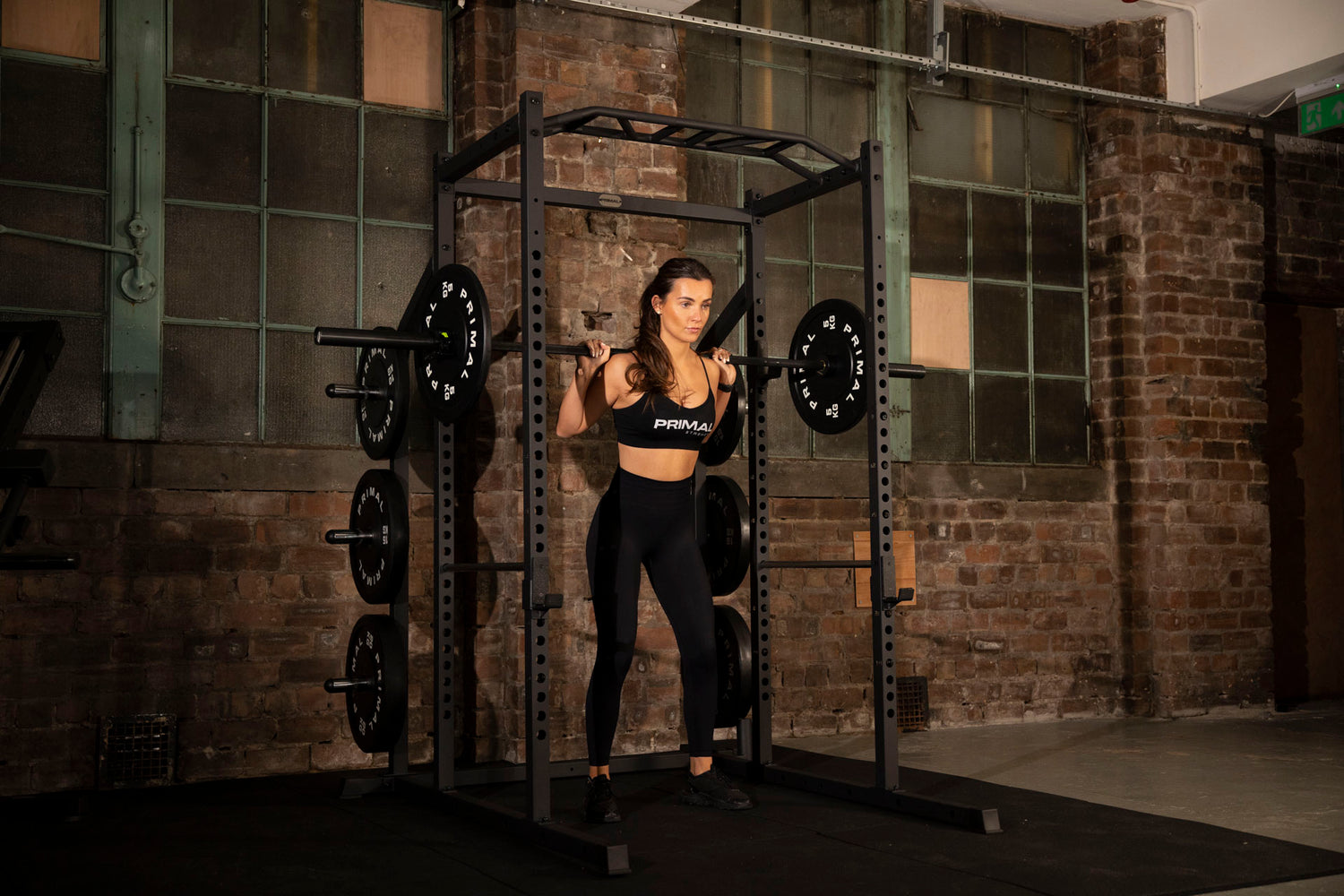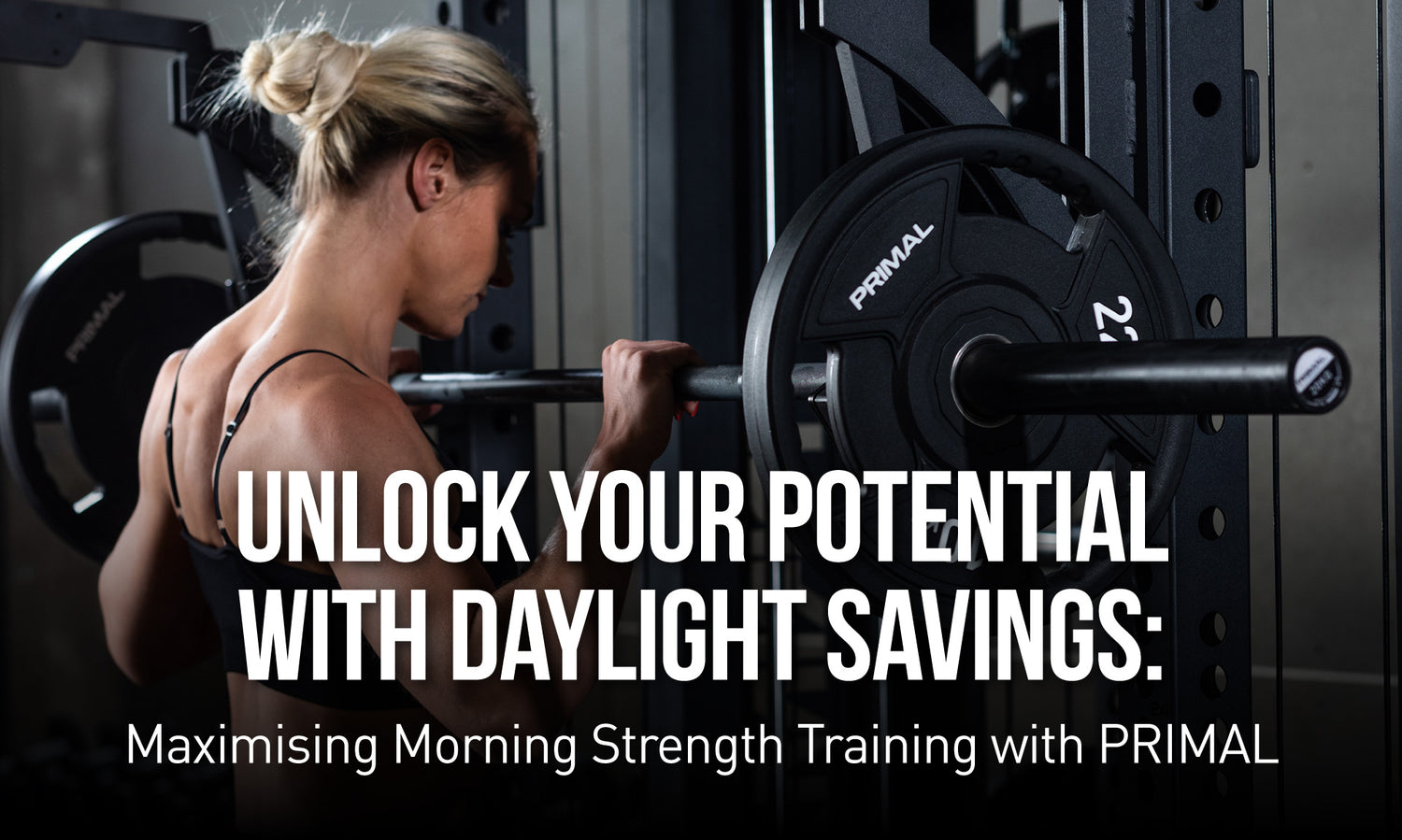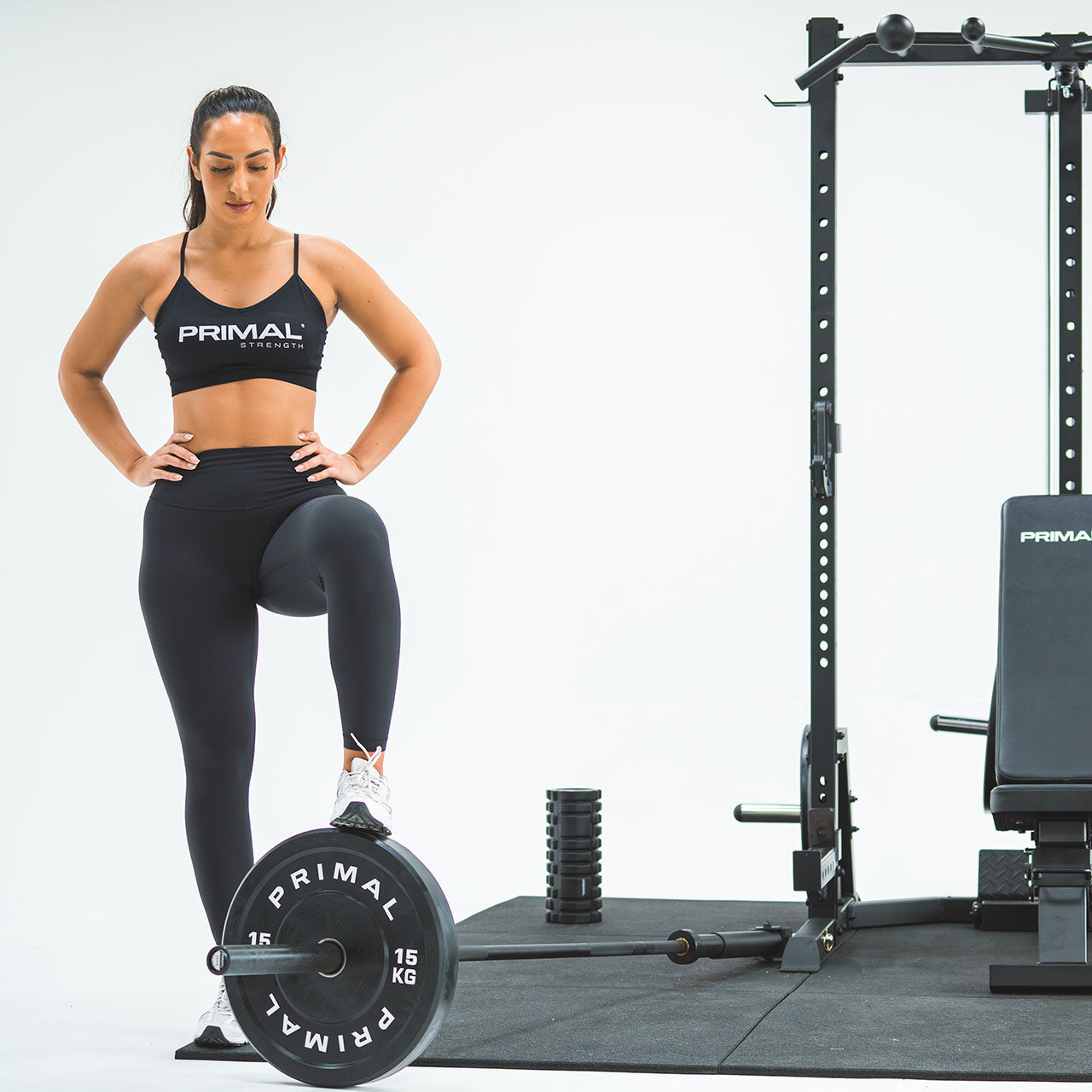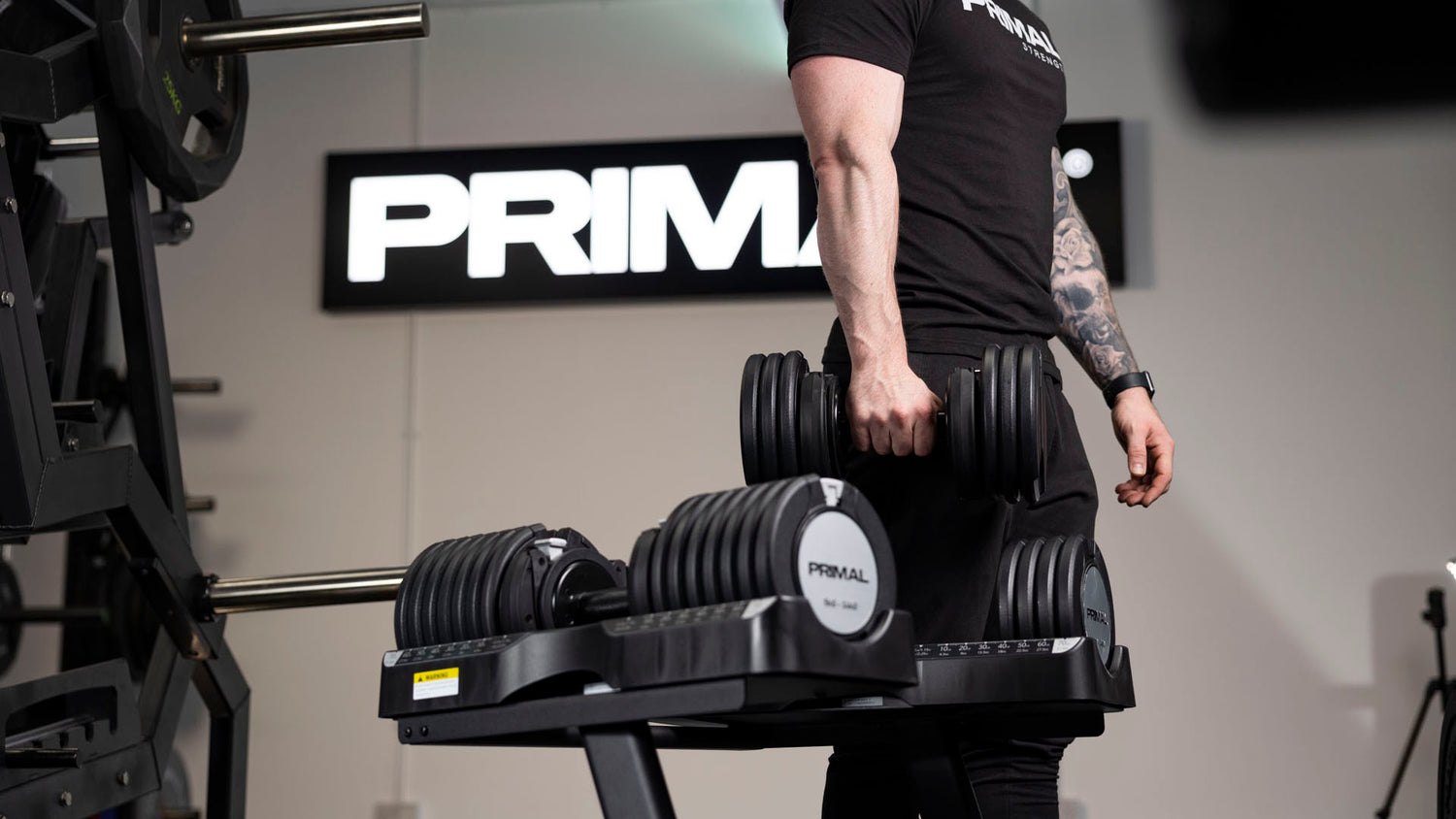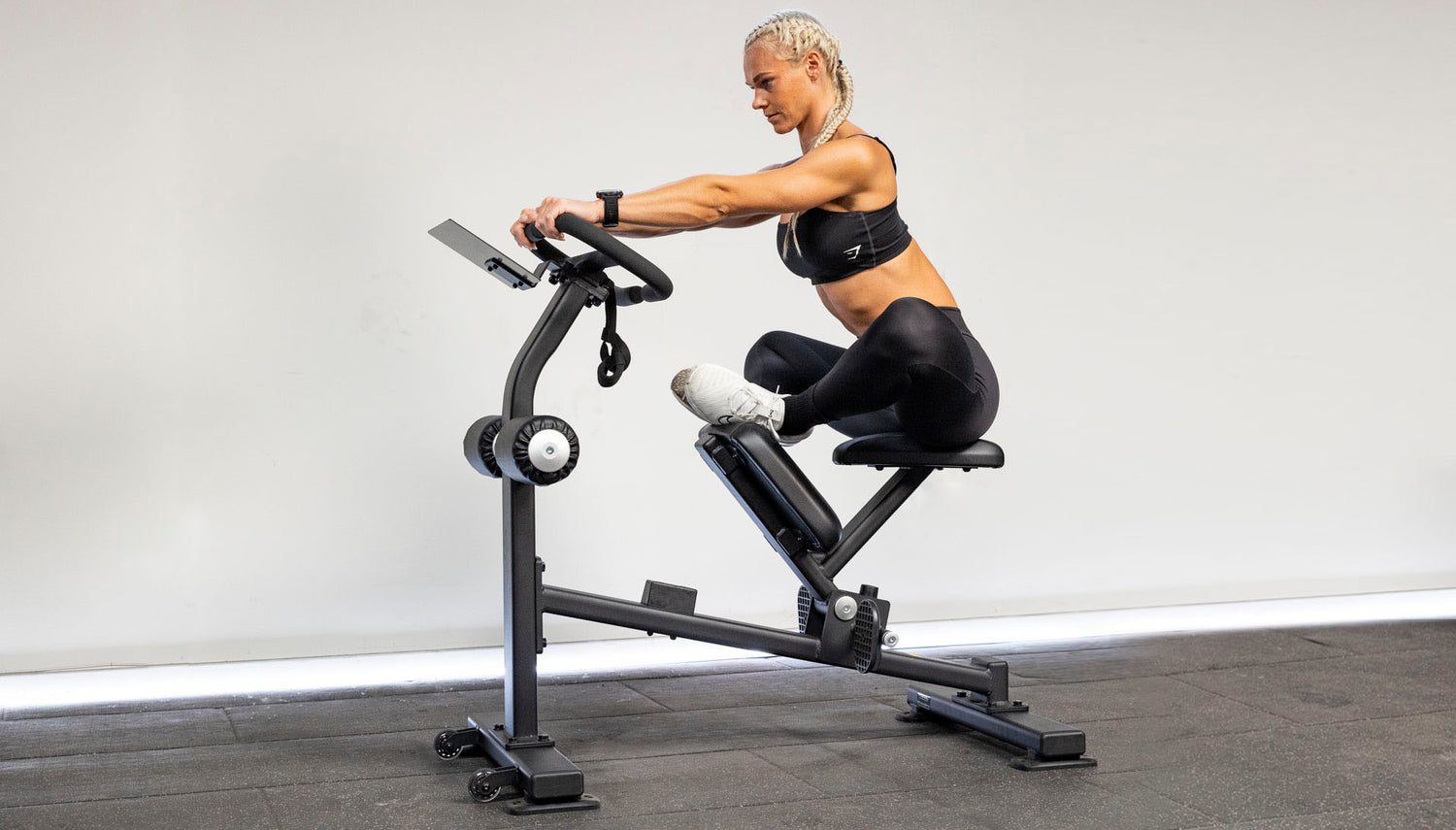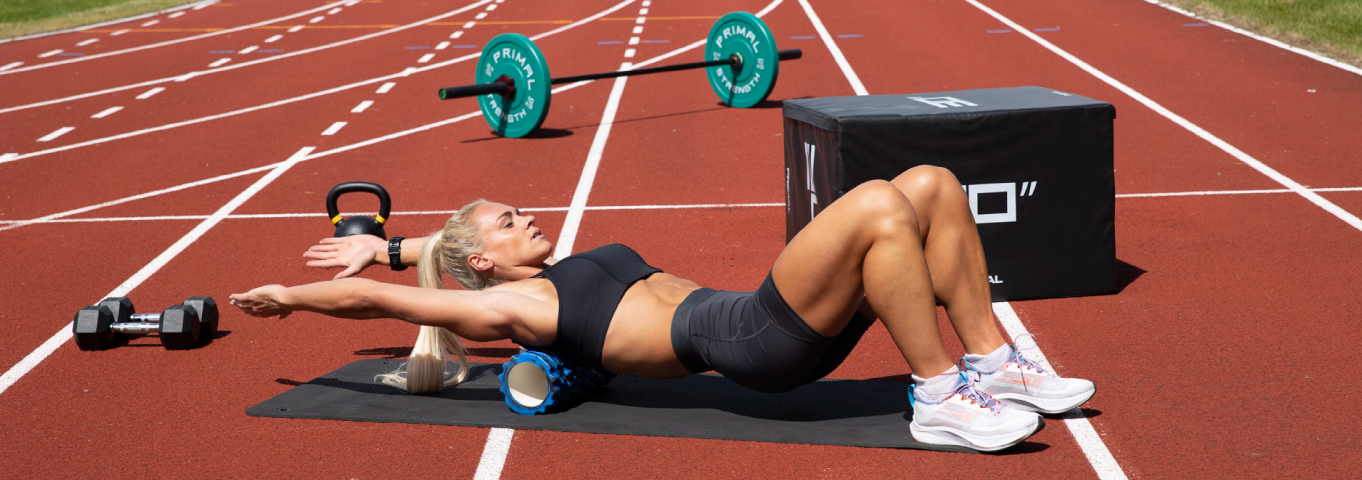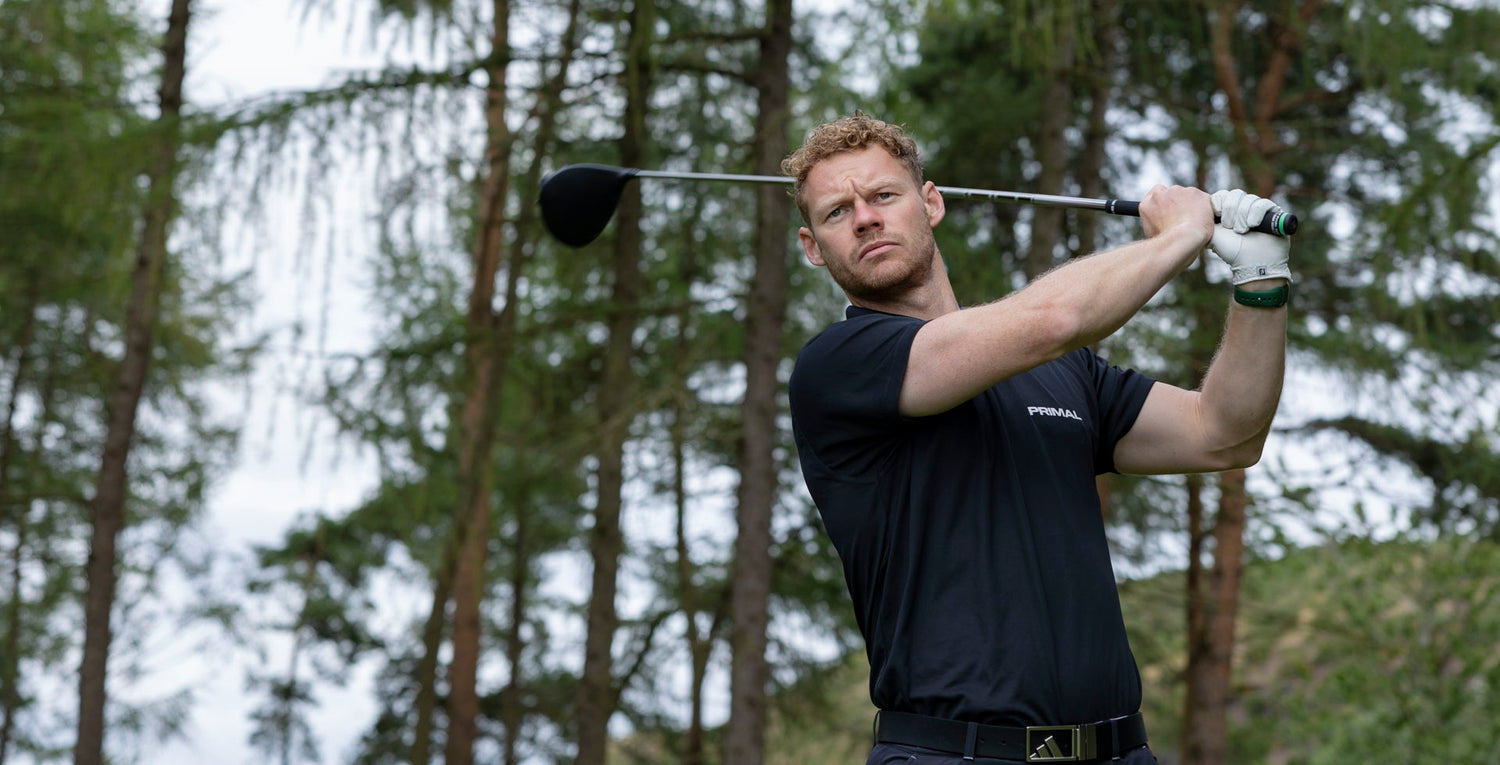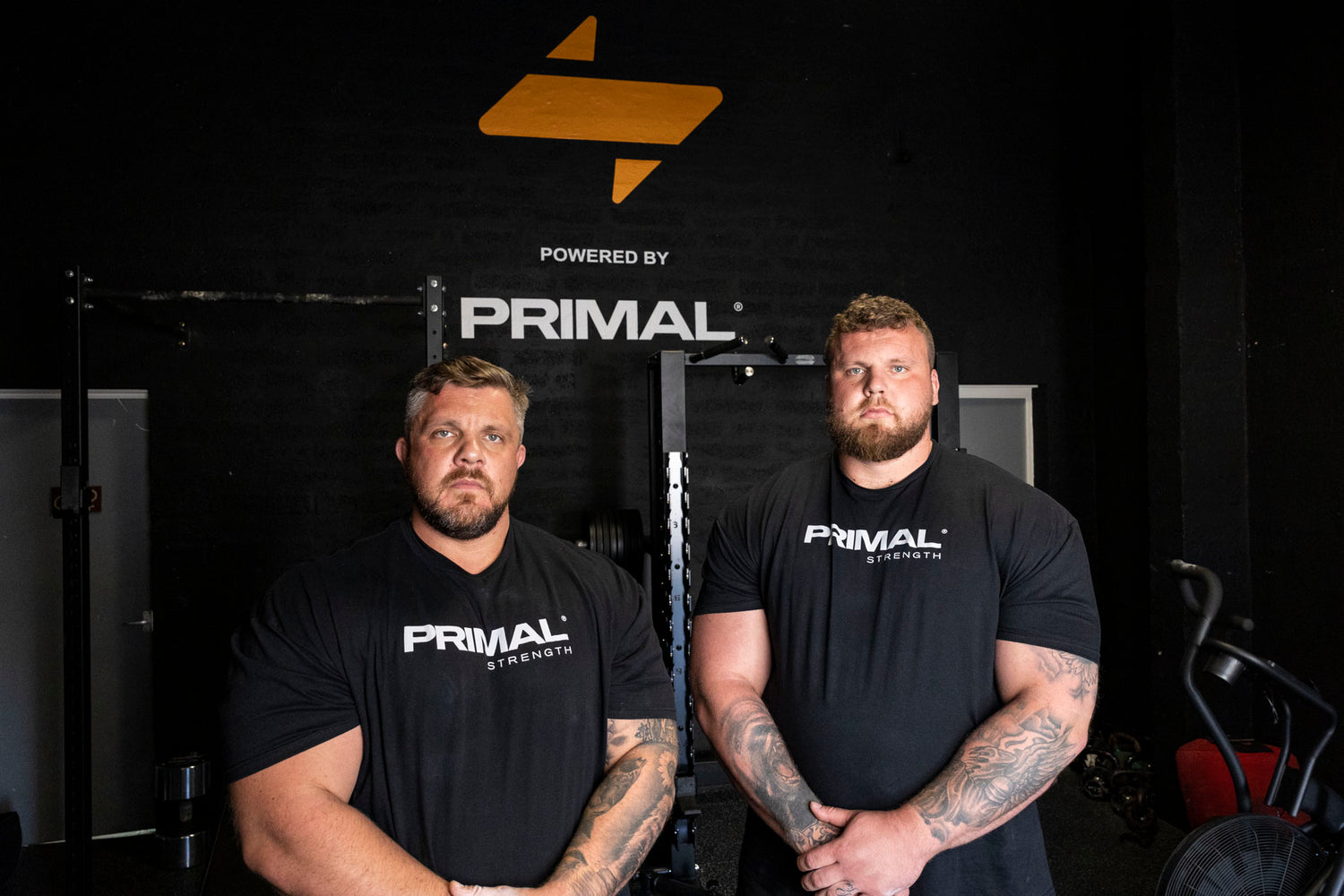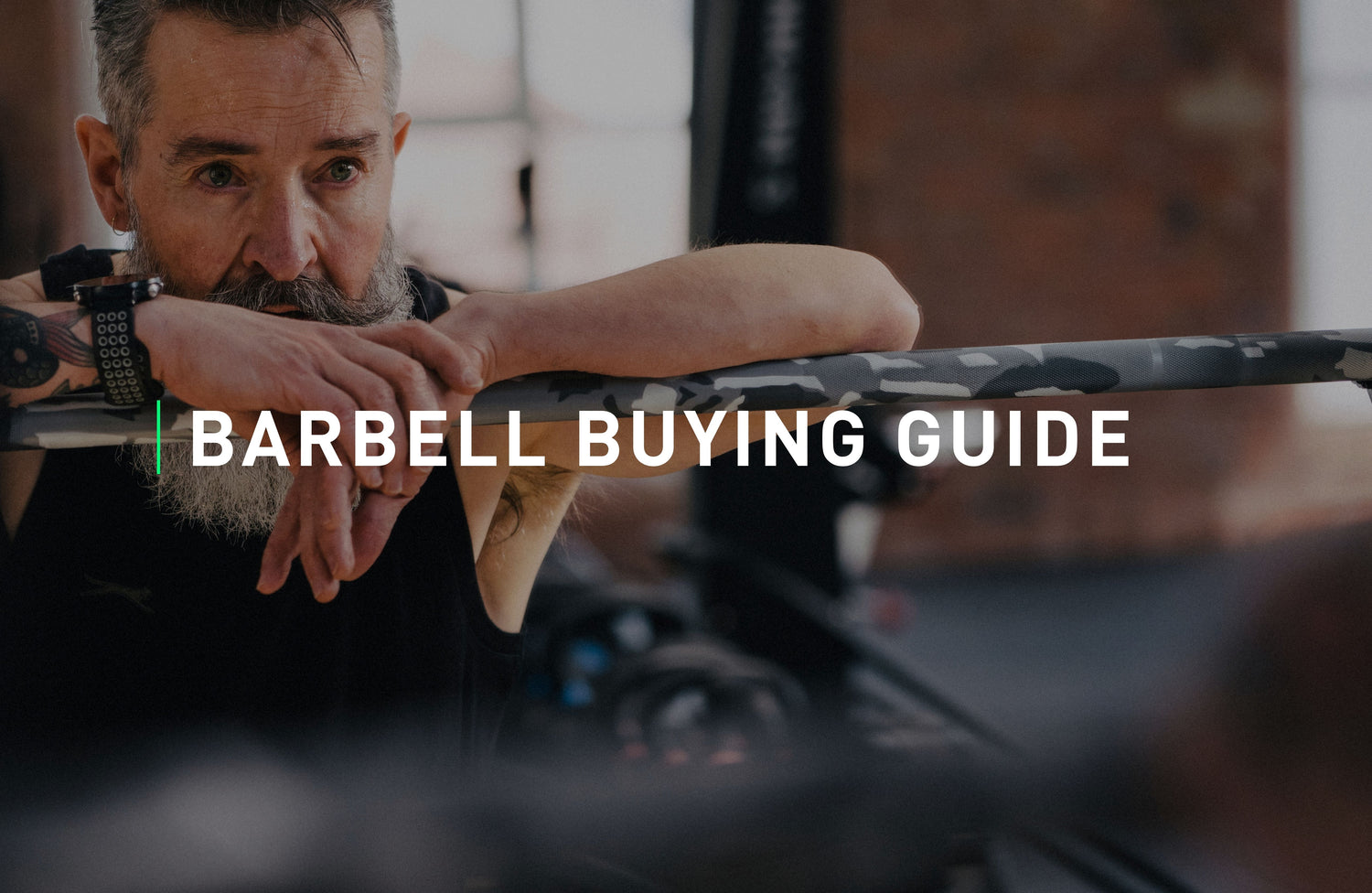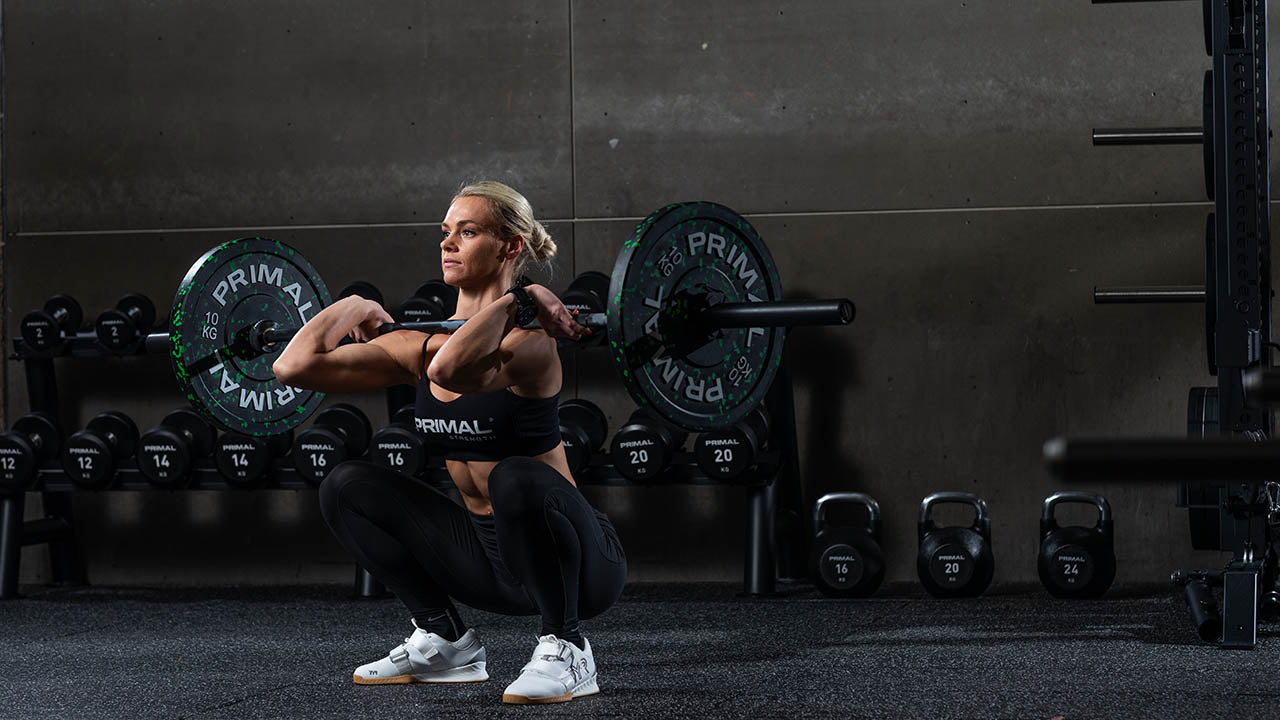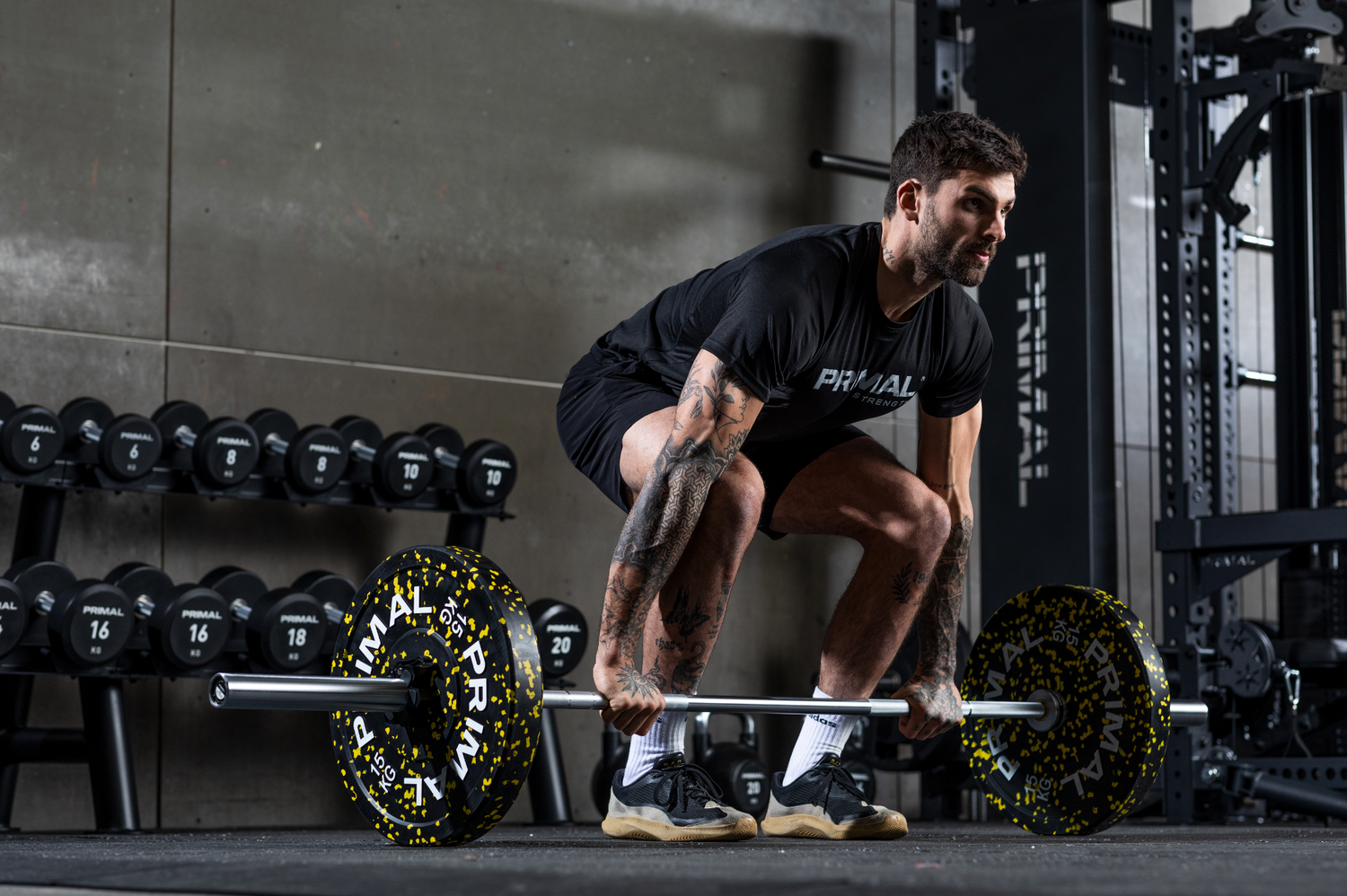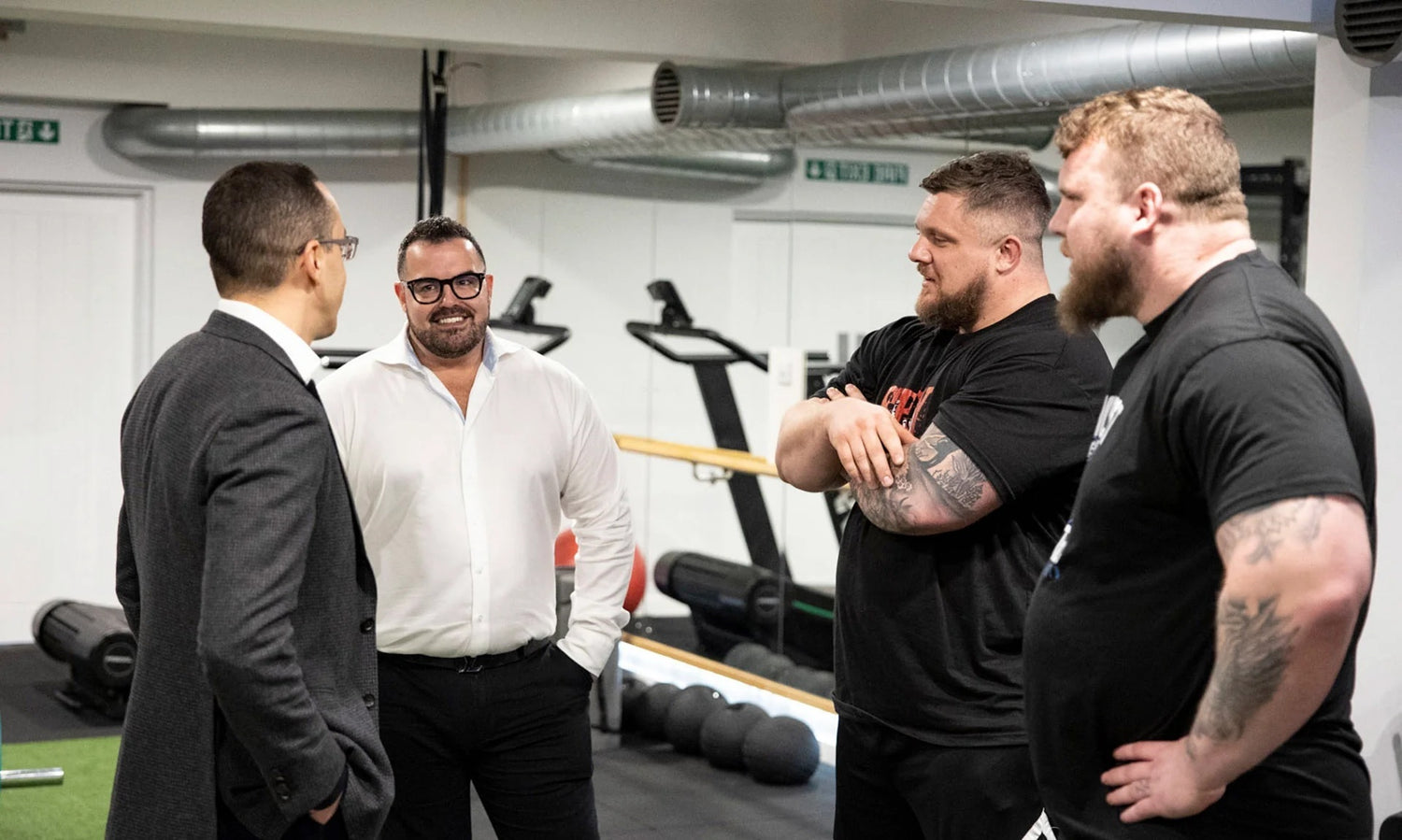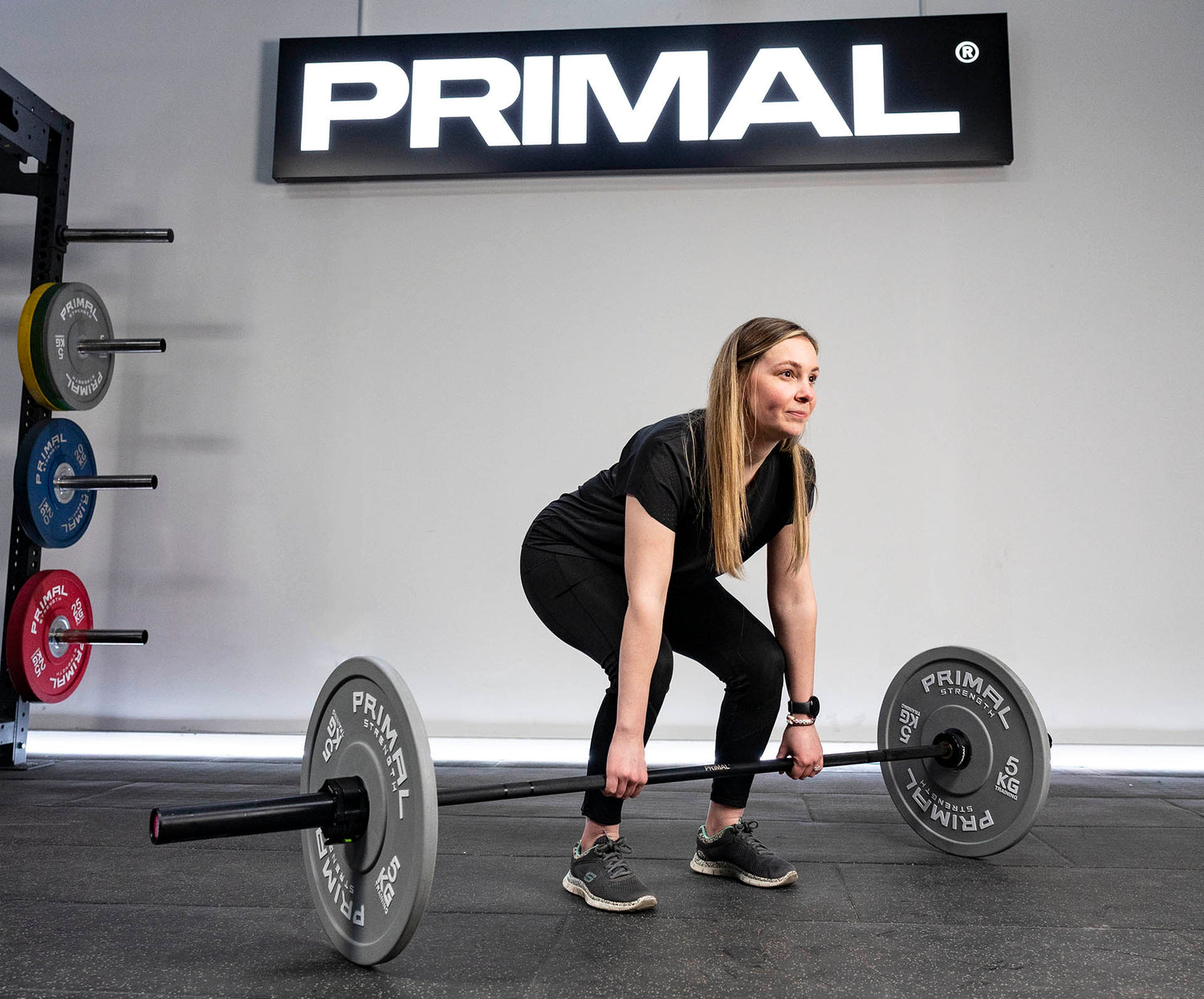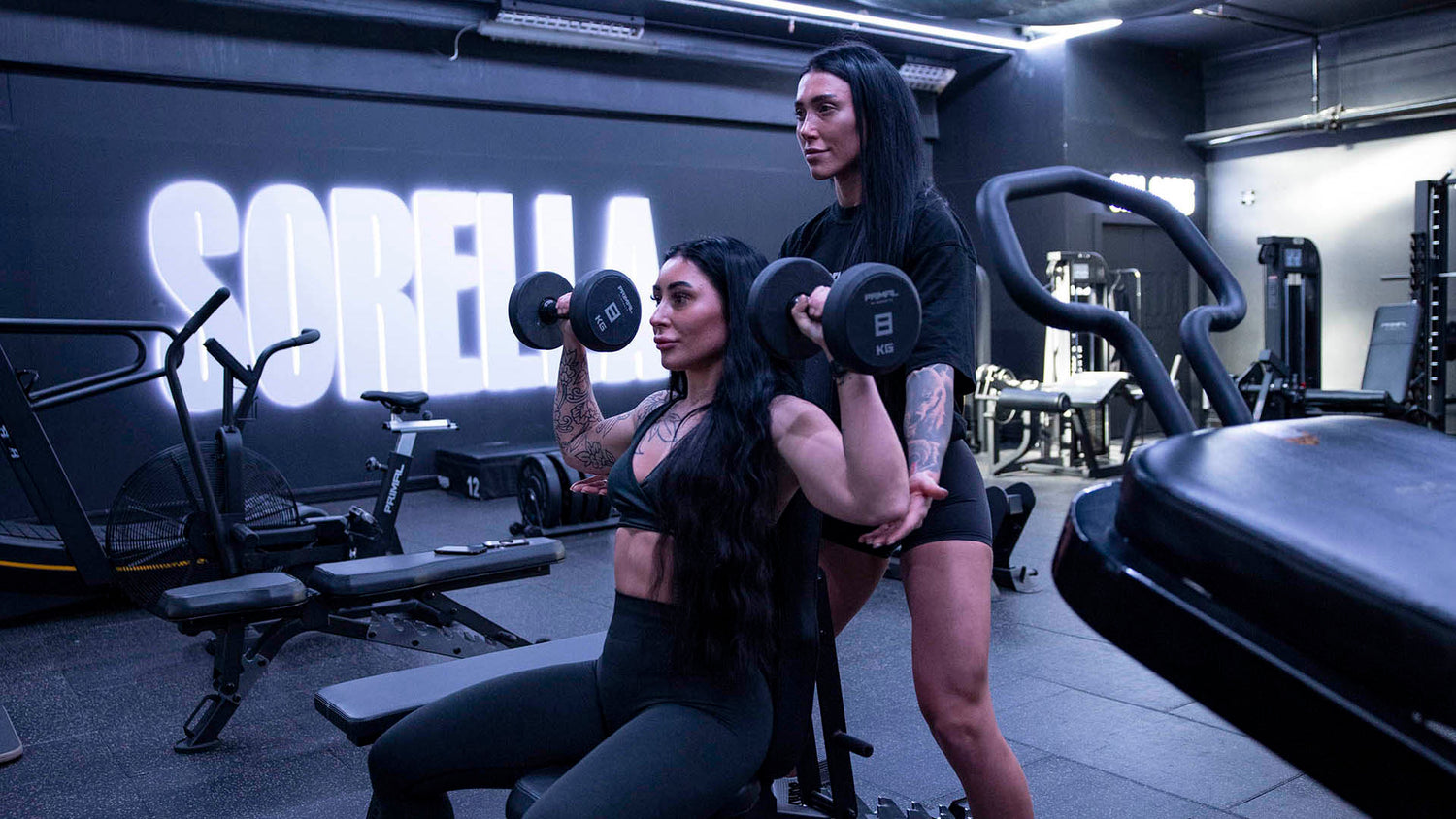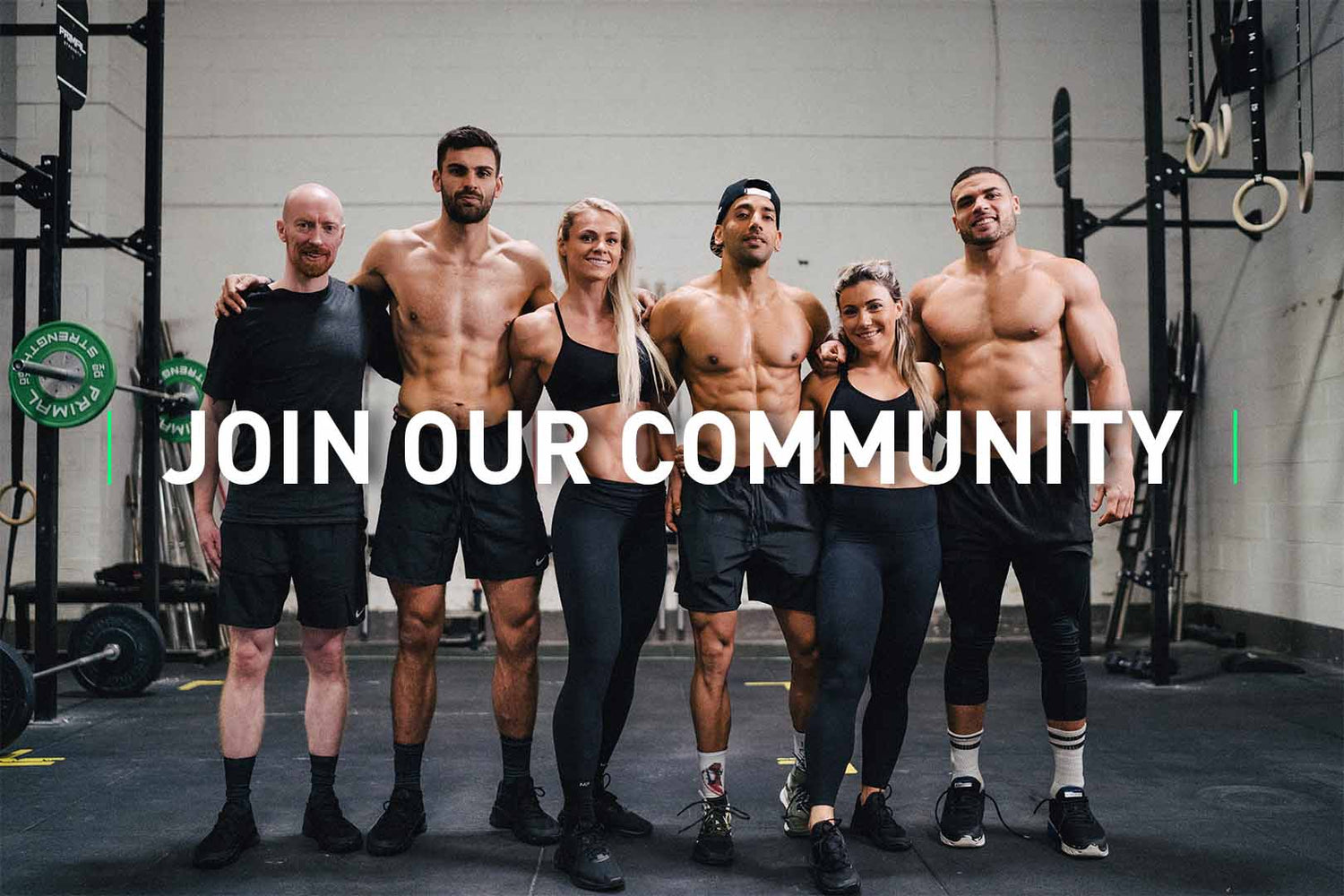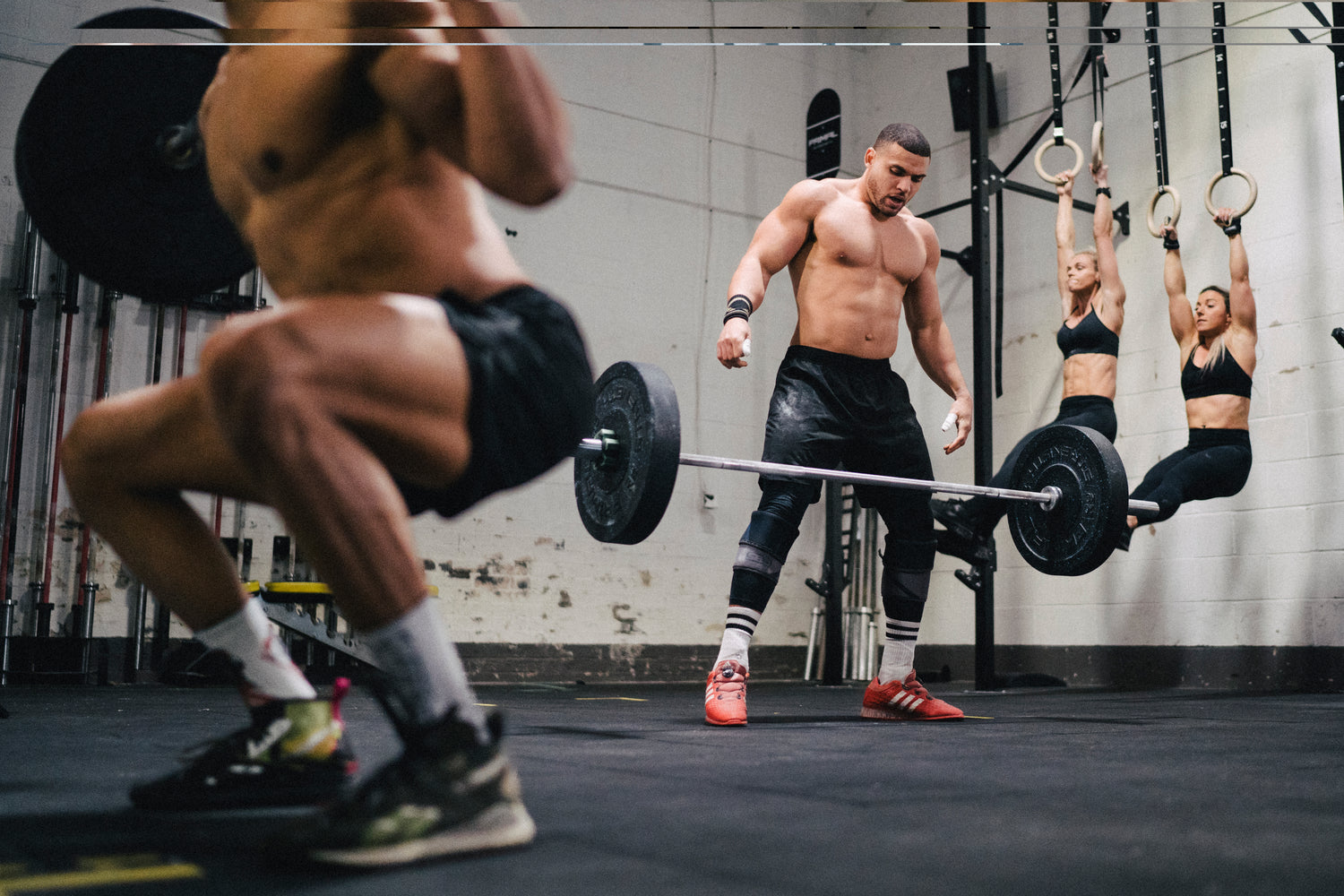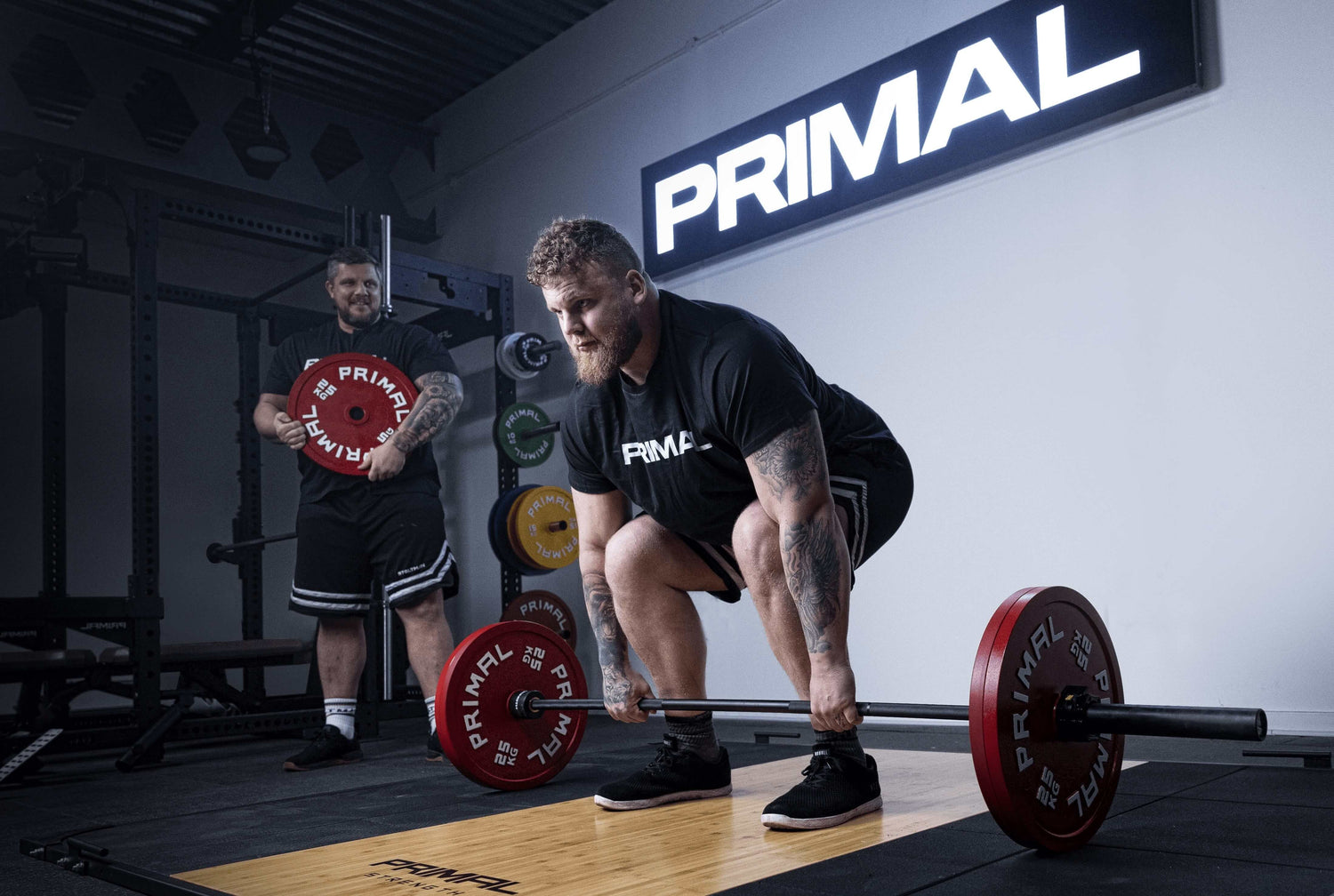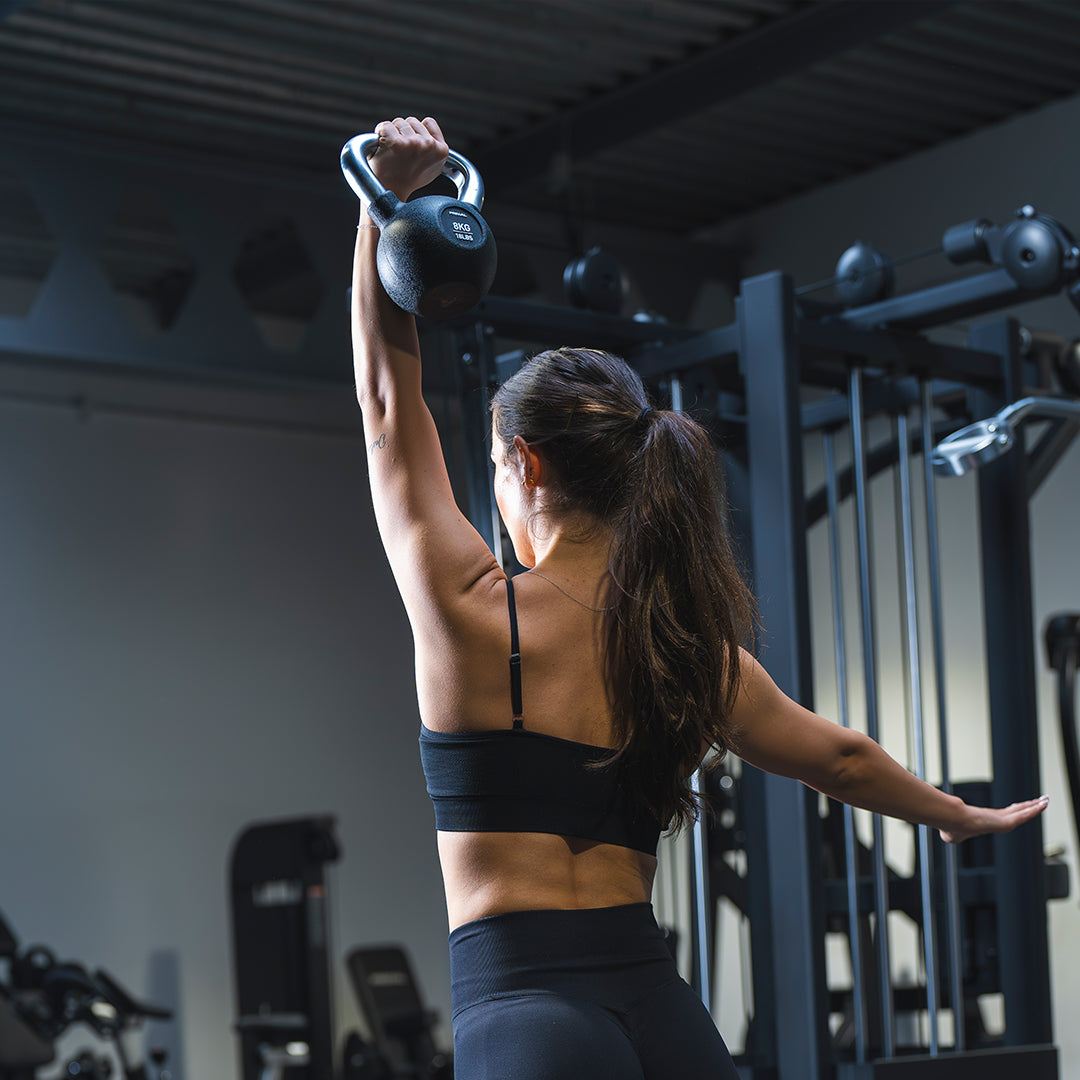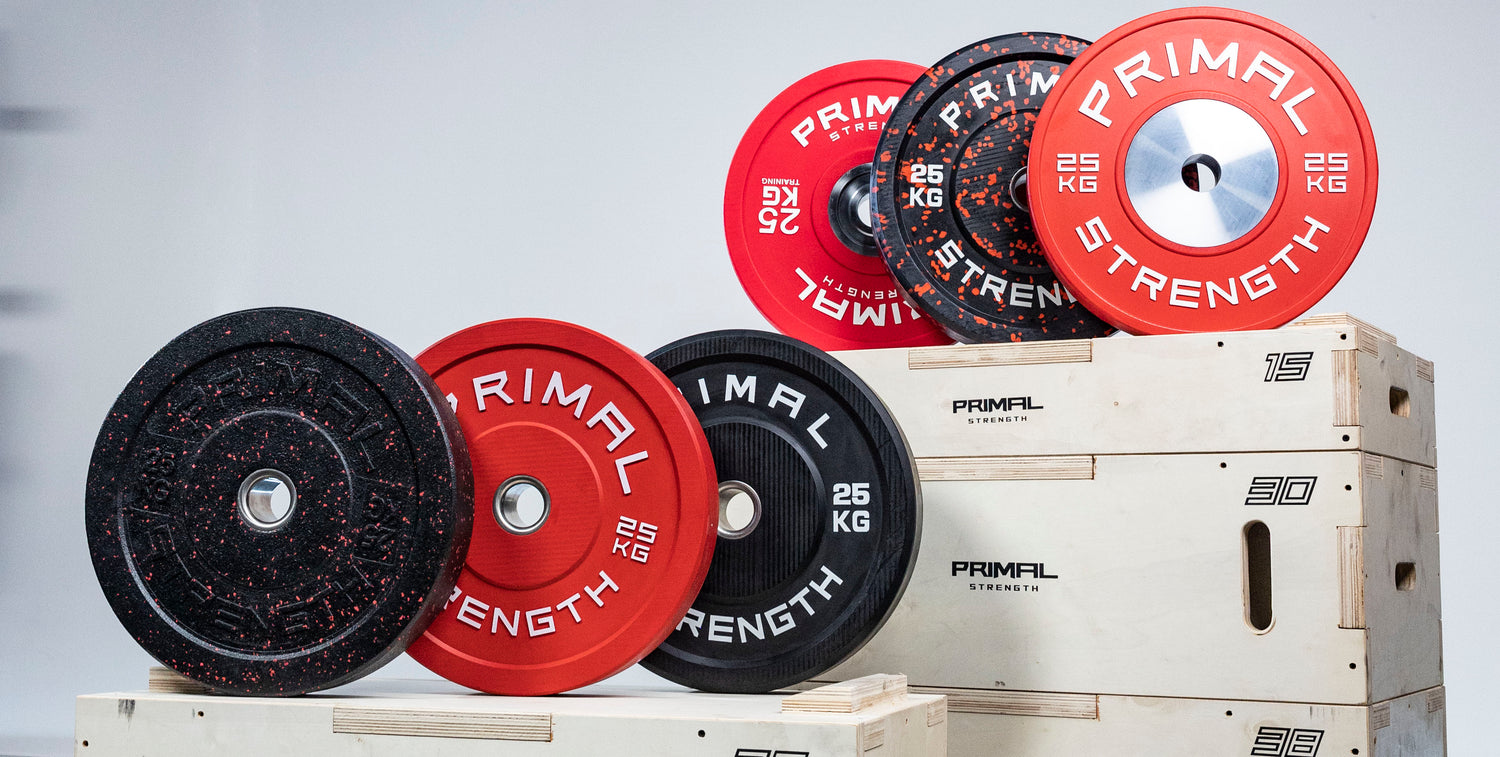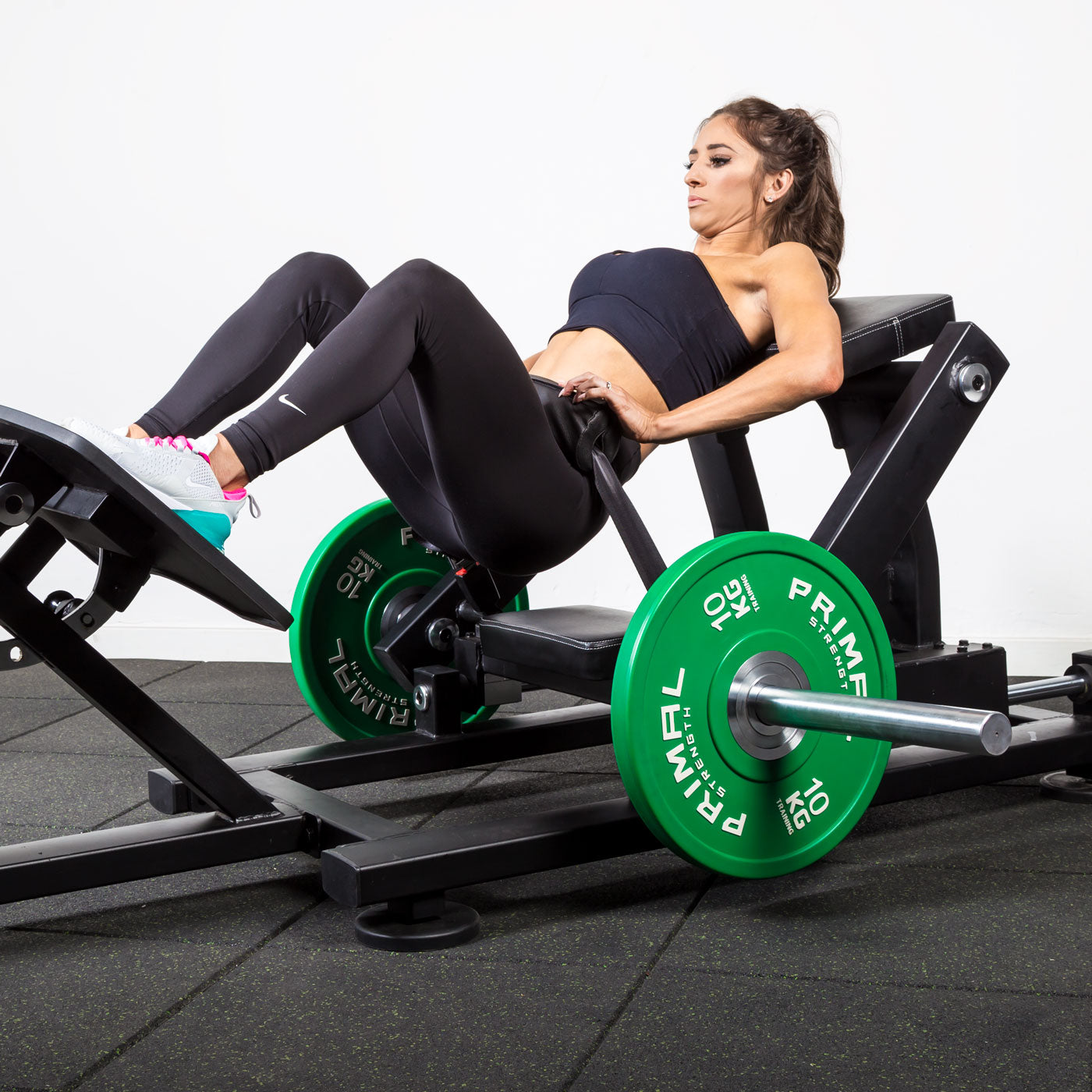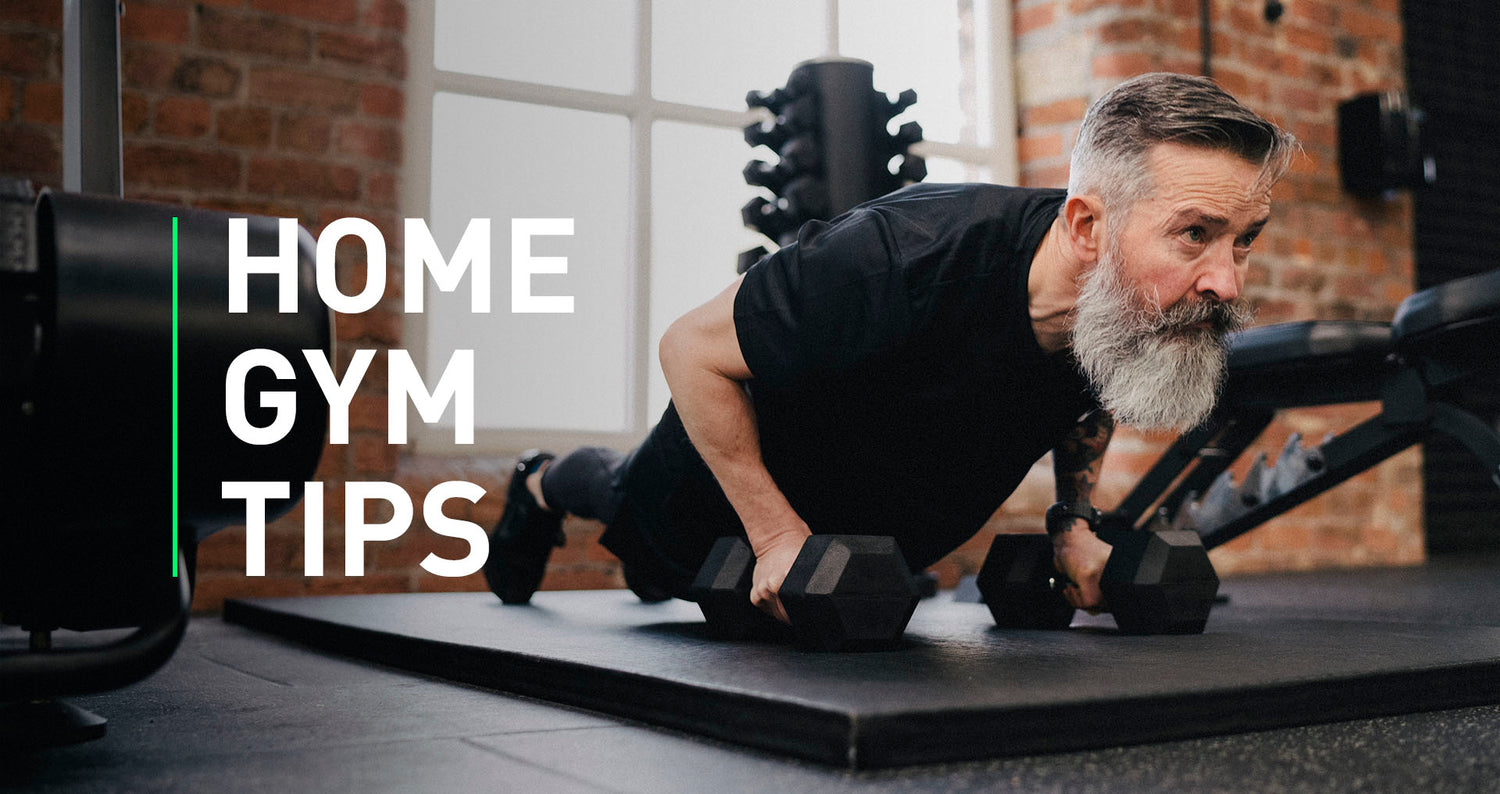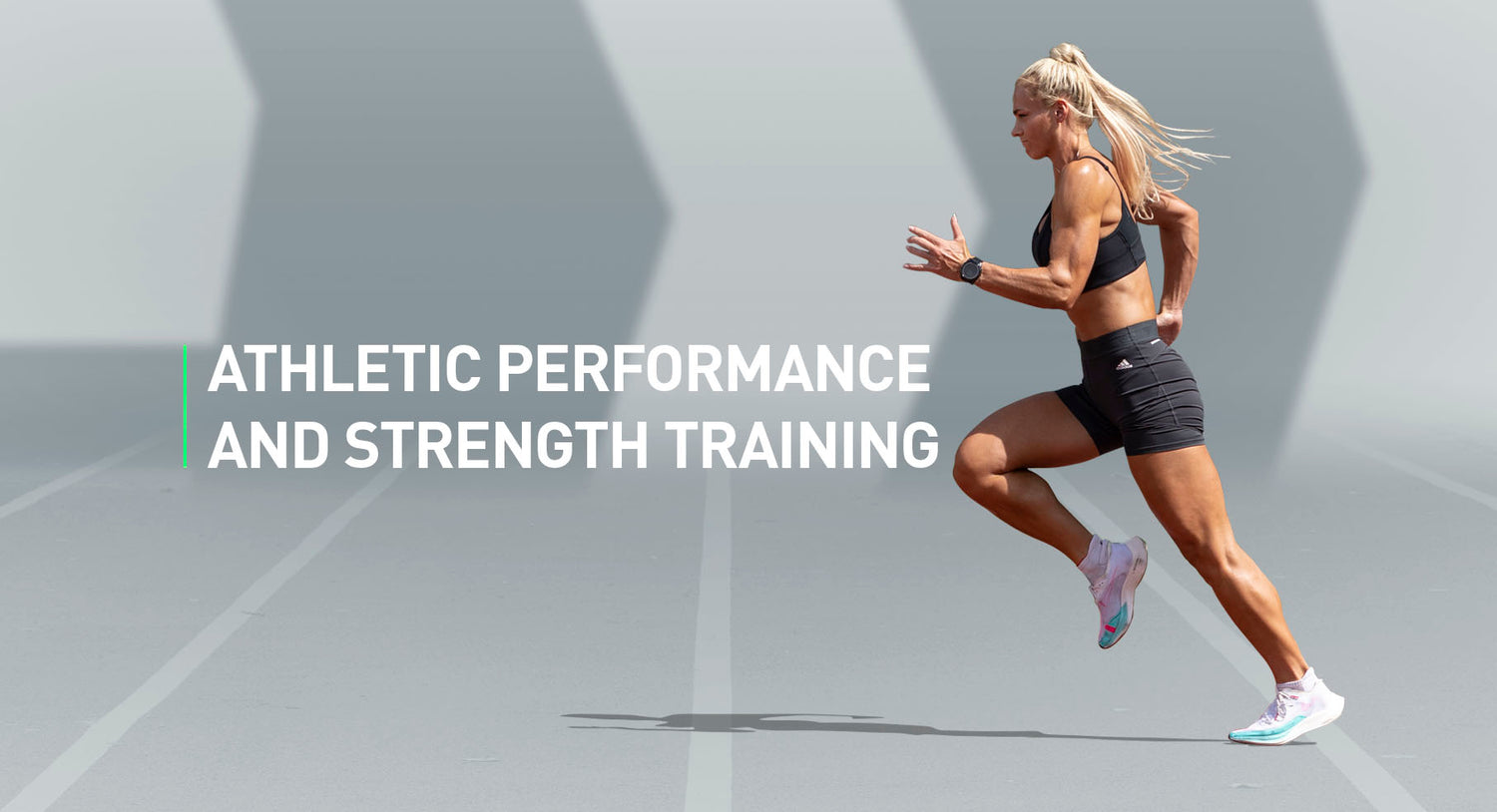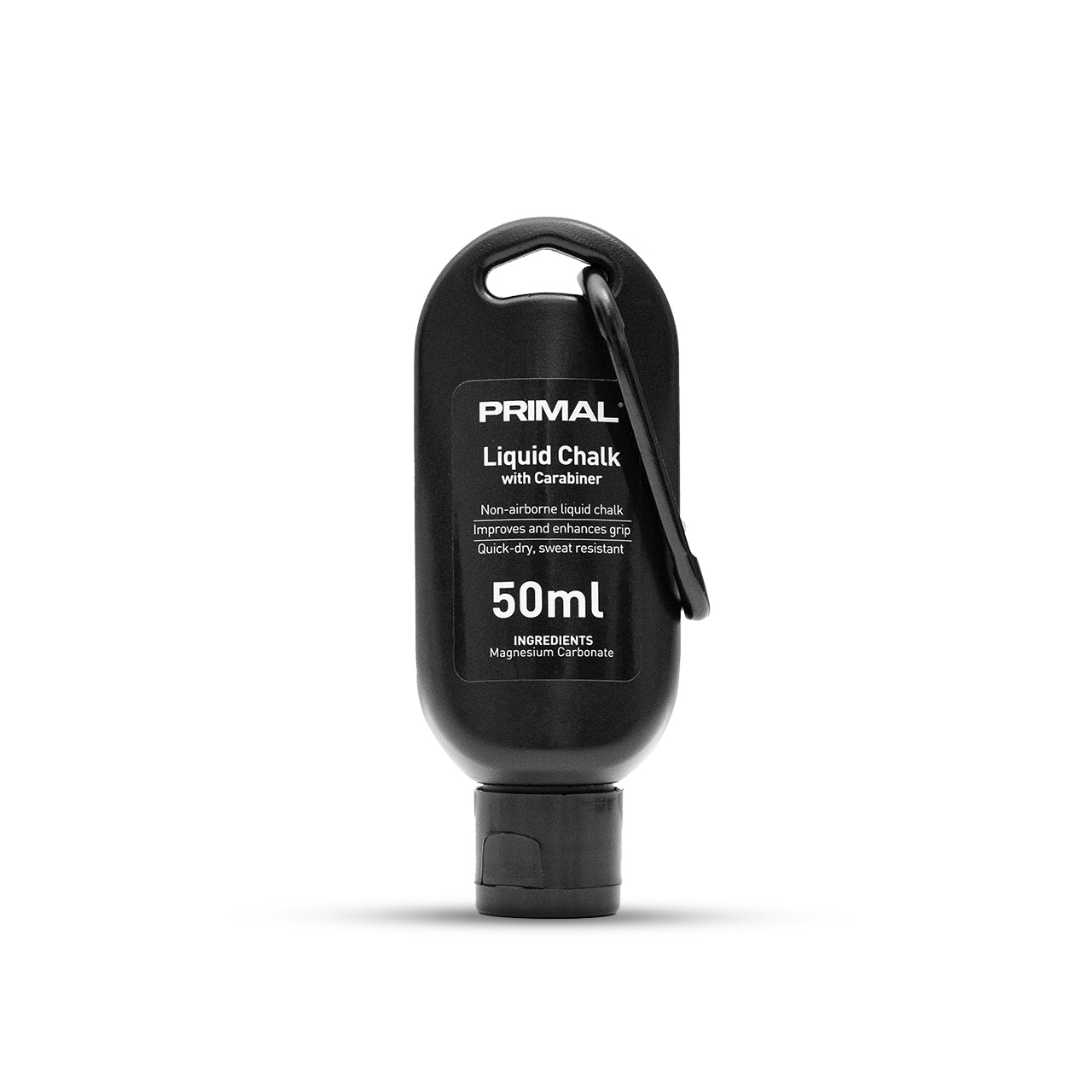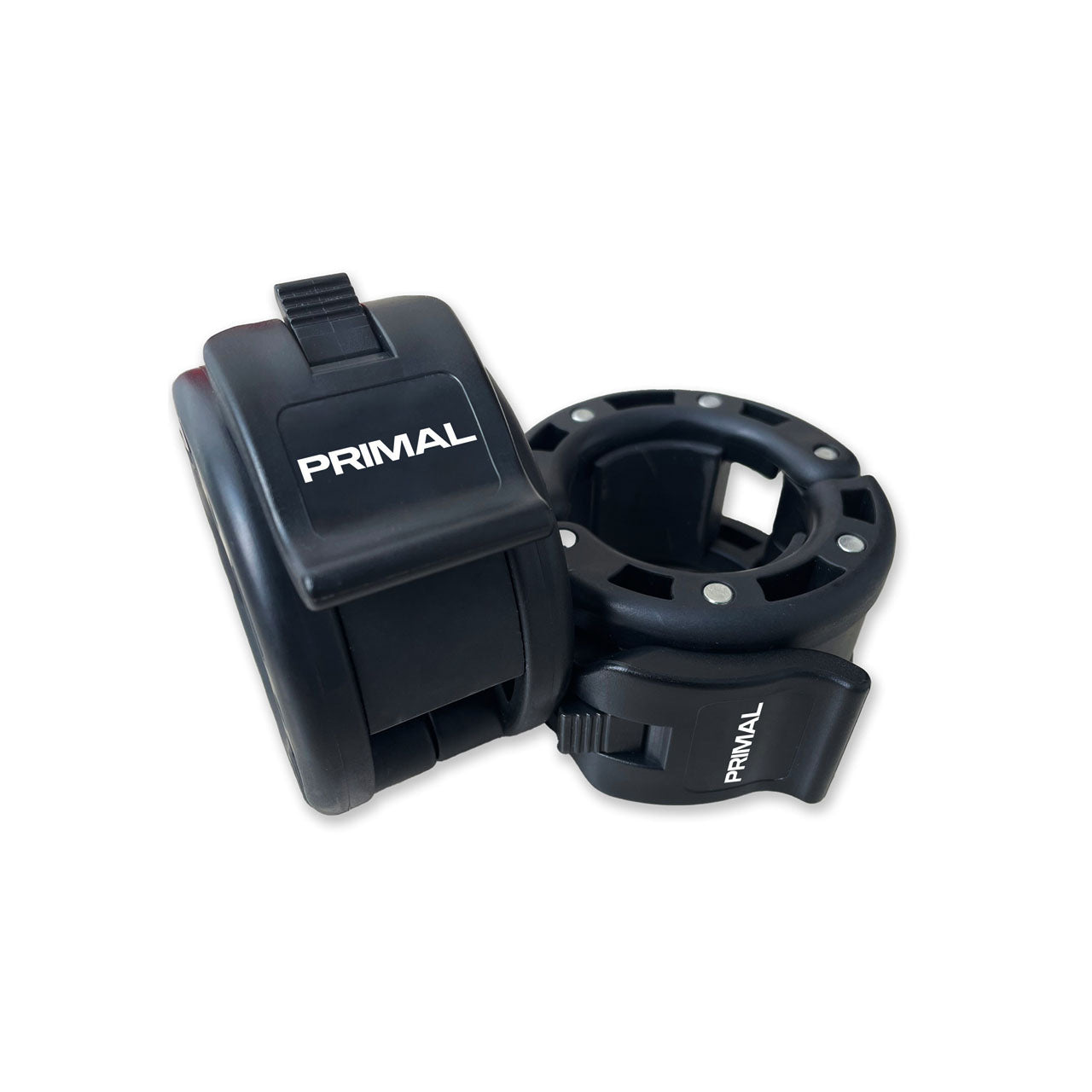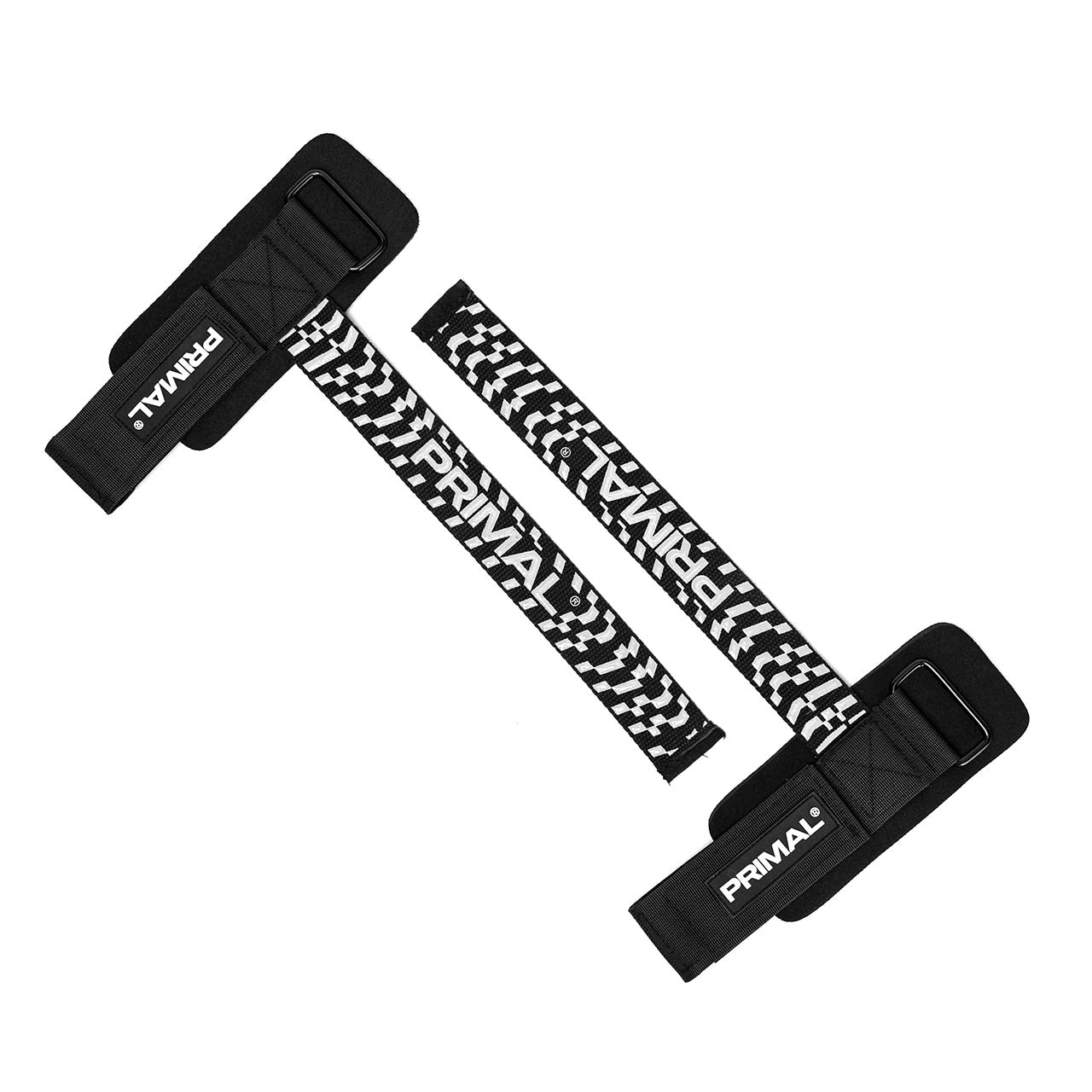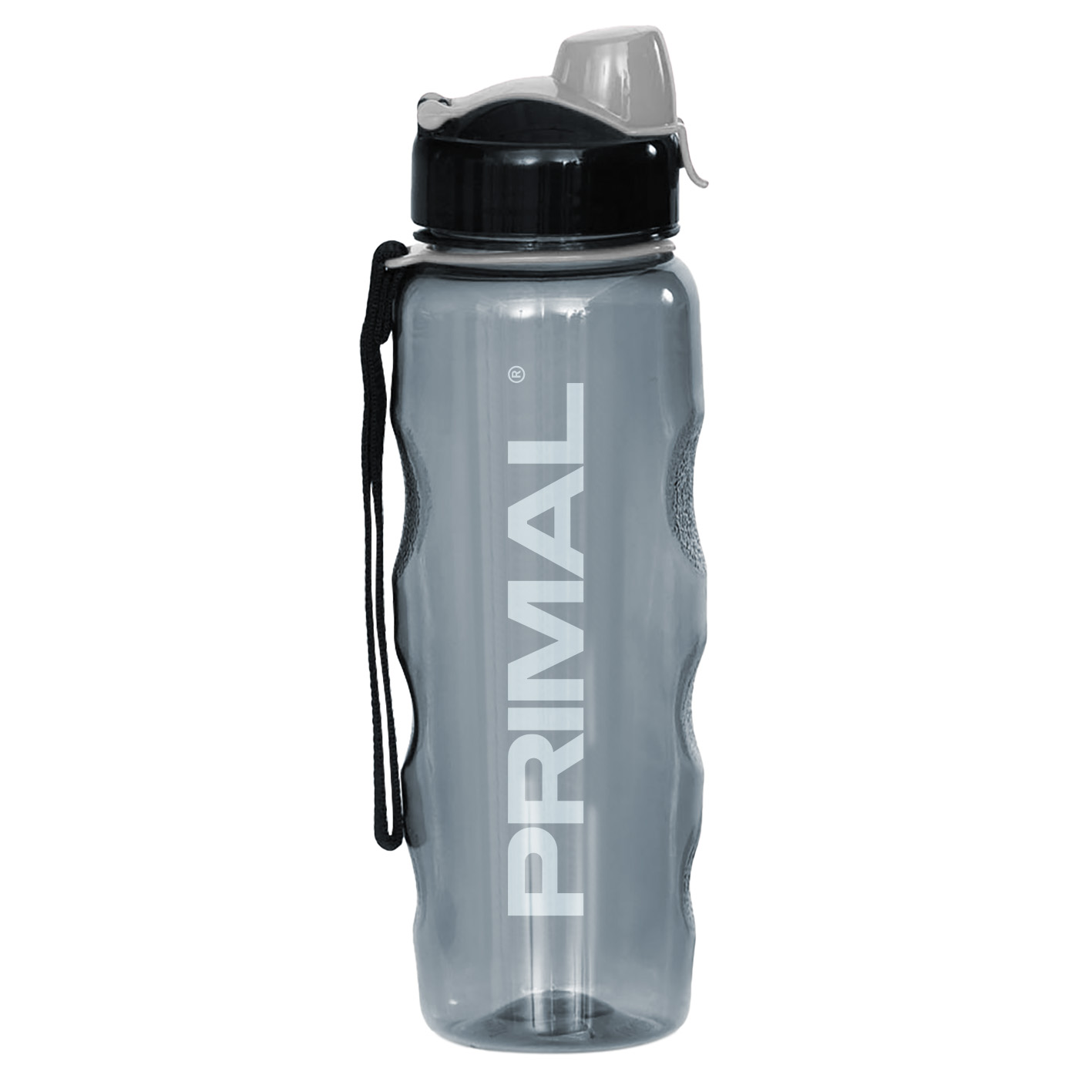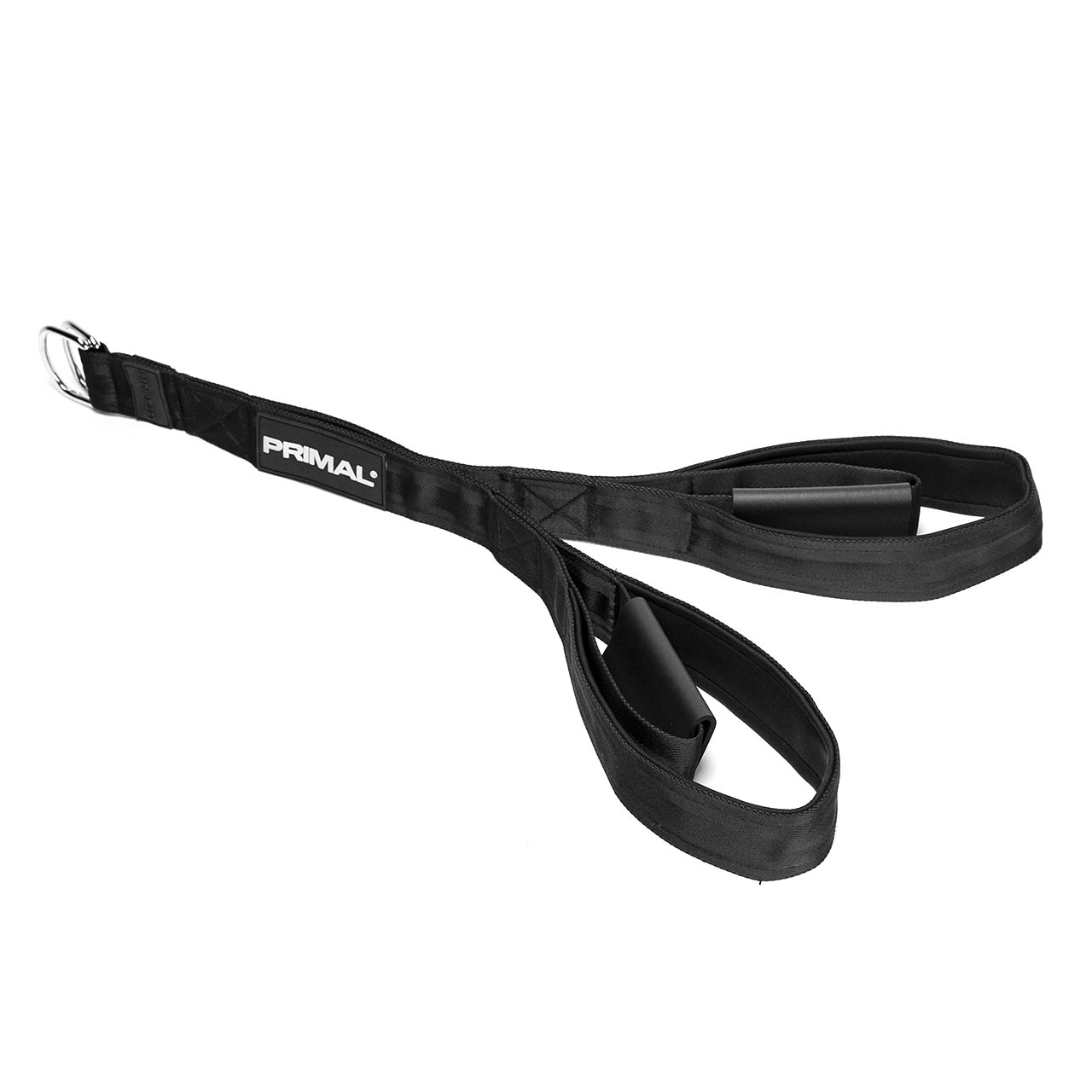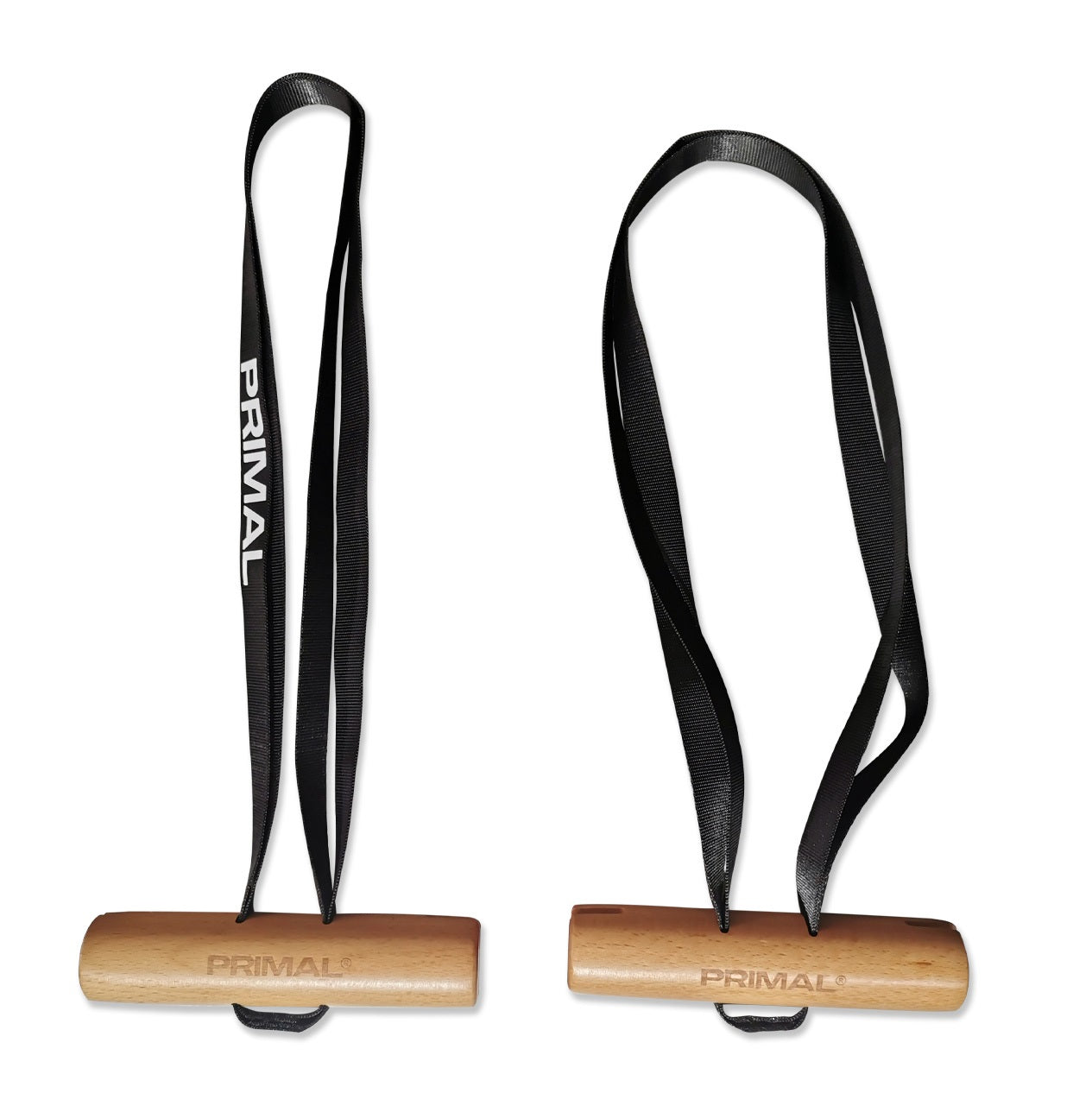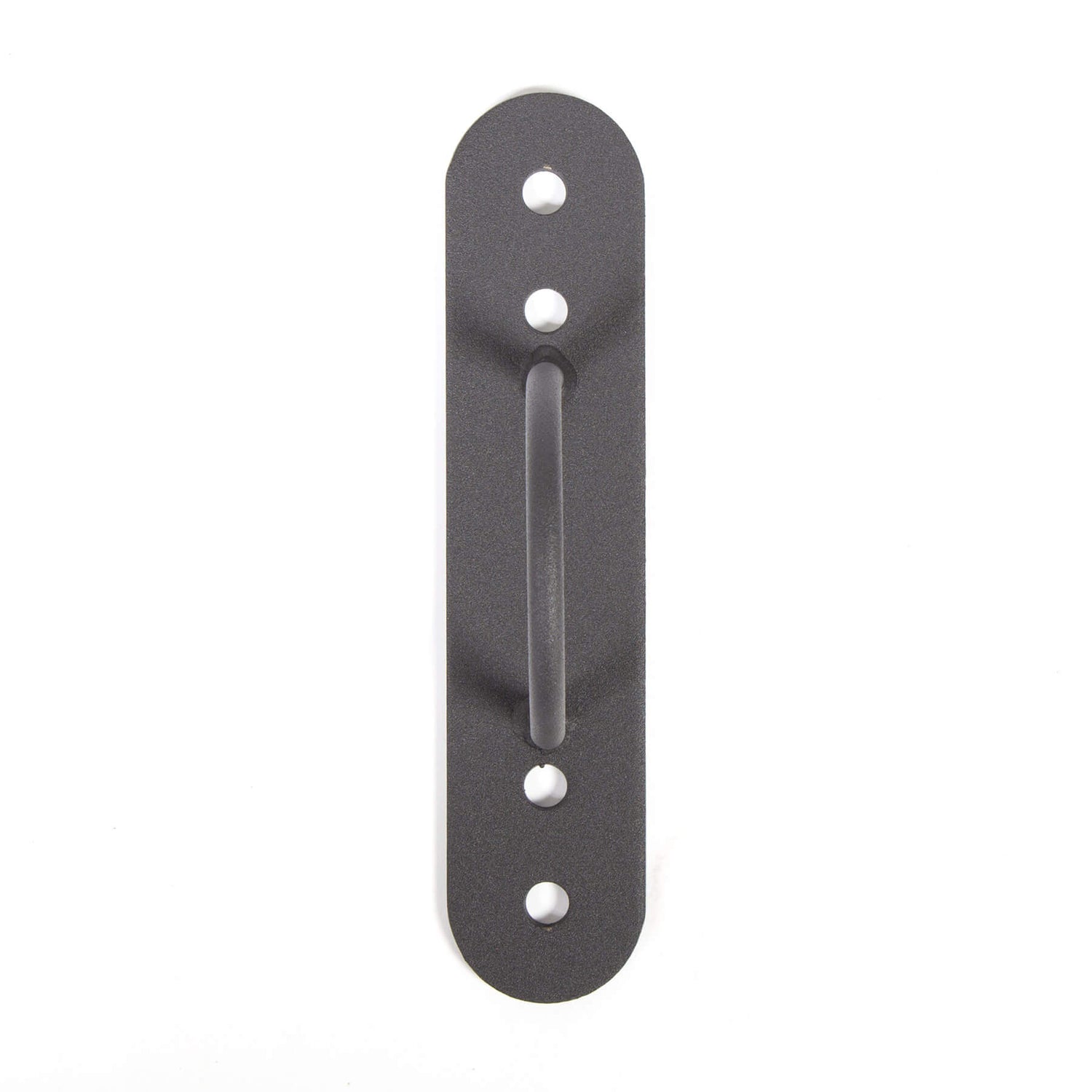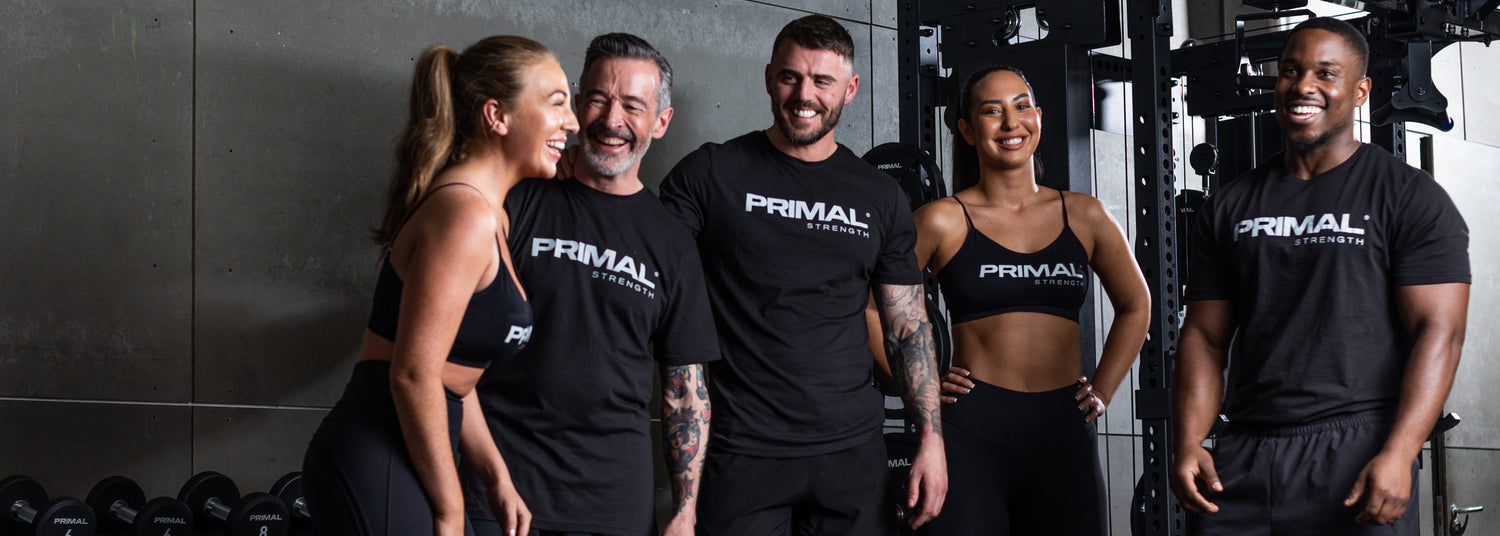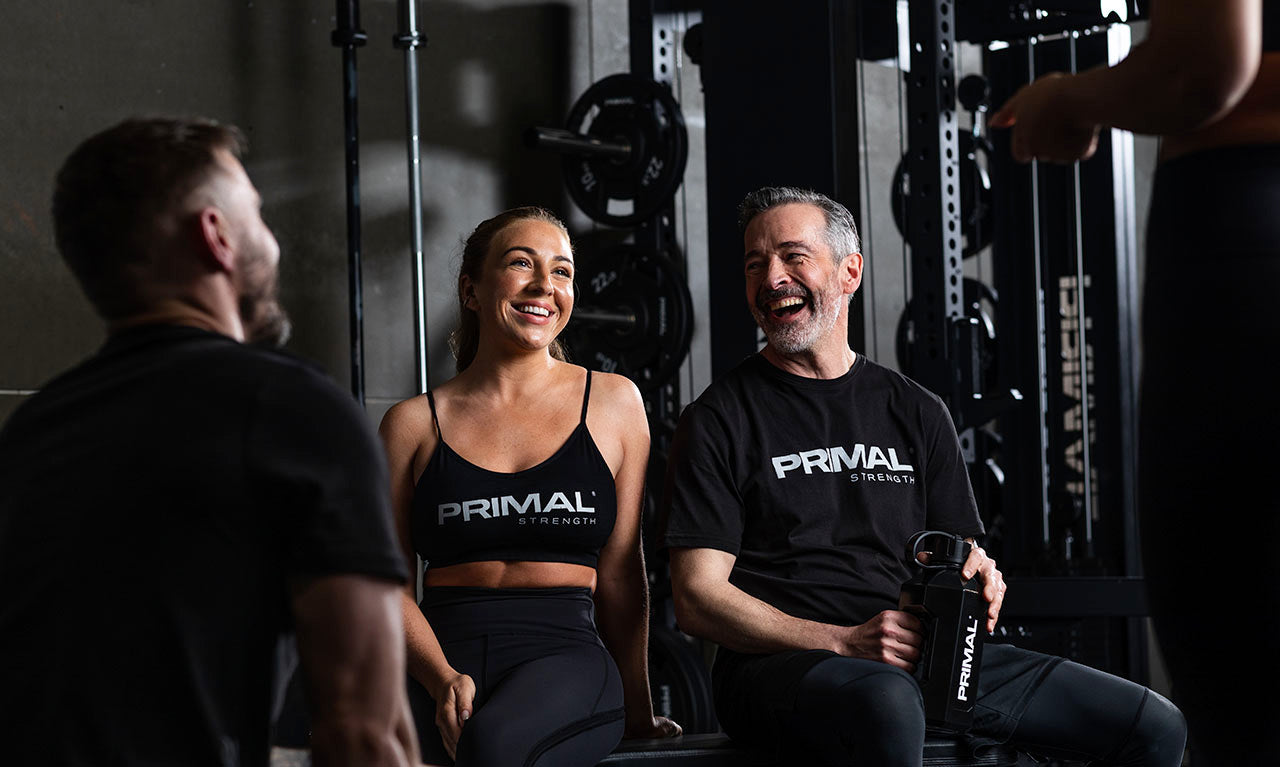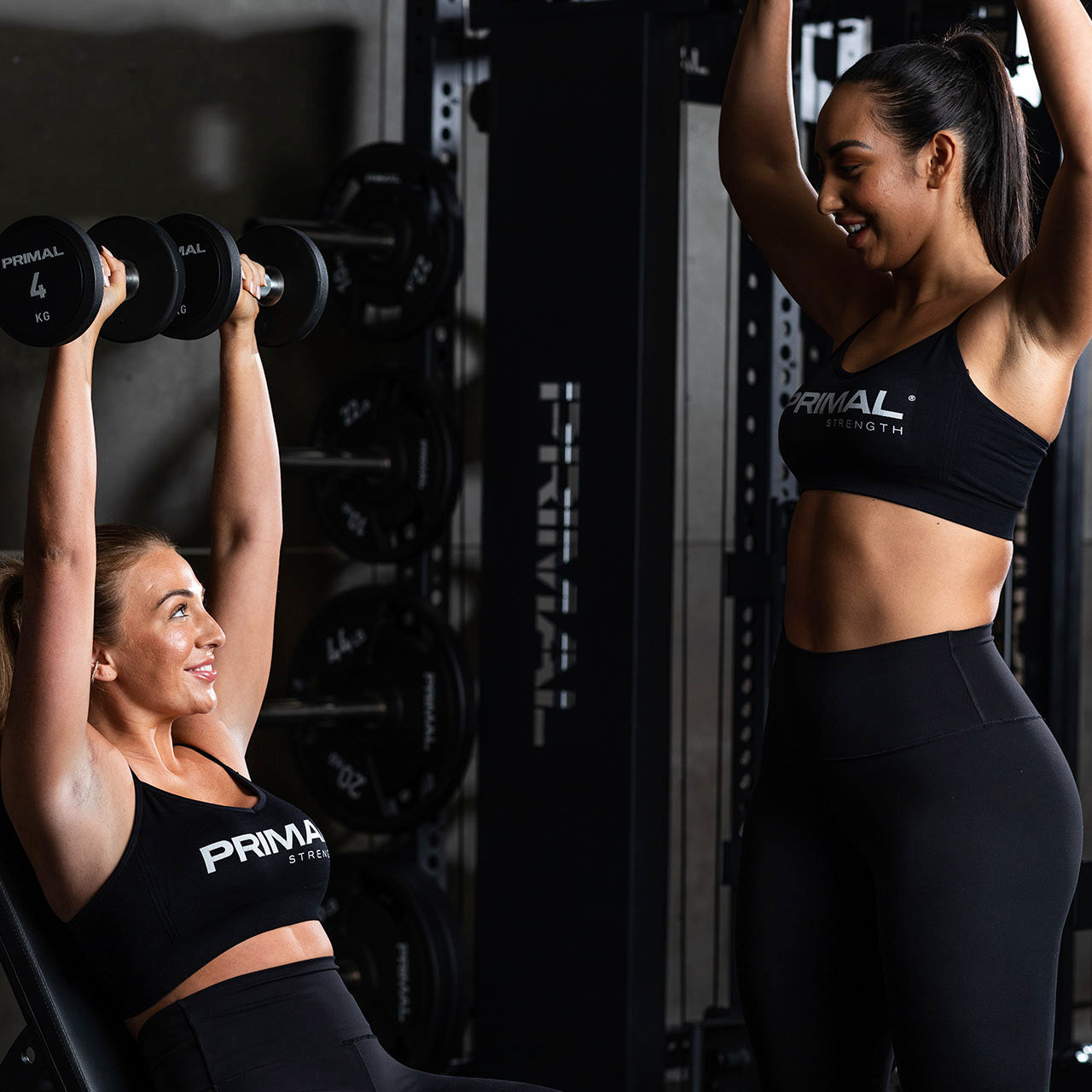
By Calum Strang
Lead Strength & Conditioning Coach for Livingston FC U18s
For optimal performance in football, players must do everything they can to gain an advantage over their opponent, but that doesn’t stop on the pitch. Strength training helps footballers become the best version of themselves, making them stronger, faster, fitter and reducing their chances of injury. A fully comprehensive strength and conditioning programme should focus on a variety of exercises focusing on varying muscle groups and match related actions.
Inspired by the Euros and looking to get an advantage on the pitch? Calum Strang, Lead Strength & Conditioning Coach for Livingston FC U18s, answers key questions to you get started.
“What are some KEY EXERCISES I should be doing and why?”
Truthfully there’s a lot of exercises that you should be doing as a footballer, but here are some that can be often overlooked or executed wrong:
Compound Lifts
This might sound a little boring but the BEST exercises you can do are the basic compound lifts. Fundamental lifts such as Barbell Back Squats and Trap Bar Deadlifts are essential, and are my two favourites. These exercises build overall lower body strength and train the body to move in unison, as a result these movements transfer into the sport . Squats mainly target the quads and glutes, while trap bar deadlifts focus on the posterior chain, including the hamstrings, glutes and lower back.
Unilateral Work
Due to the mechanics of running, it is more common that players will have to produce force off one leg more often than two, making unilateral movement very important. Single leg exercises like lunge variations and single leg deadlifts are crucial. These exercises will strengthen muscles in the legs such as quads, hamstrings and calves whilst also improving balance and coordination, key for dynamic movements in football.
Plyometrics and Isometrics
This specific area of training does not focus on maximal strength but focuses more on tendon capacity, health and force transmission. Plyometric exercises involve explosive movements like jumping and bounding, which enhance the tendons ability to store and release energy efficiently. This dynamic loading strengthens the tendons, improving their resilience to high impact forces. Isometric exercises involve holding a contraction without movement, such as a wall sit. These exercises increase tendon stiffness, which is key for stability and force transmission. By incorporating both of these, footballers can improve tendon elasticity, strength, and overall durability, reducing the risk of injuries and enhancing athletic performance, ensuring joints such as the ankle and knee are prepared to handle the static and dynamic forces during competition.
“What are some UNDERRATED AREAS for aspiring footballers?”
Aspiring footballers often overlook muscle groups and exercises that are crucial for injury prevention and overall performance. These include:
The Hamstrings
Hamstrings are the most injured muscle in professional football, there is already an emphasis on these as a result however I think they need even more work. Nordic Curls, Romanian Deadlifts, Sprinting and Seated Hamstring curls are all great options for these.
Gluteus Medius and Adductors
These are also neglected areas of the body responsible for injuries. They help to stabilise the knee, assisting with sharp turns like change of directions. Strengthening the Gluteus Medius can be achieved through side-lying leg lifts (or clamshells), whereas the Adductors are worked through adductor squeezes or Copenhagens or using an abductor machine in the gym.
“How many times a week should I strength train as a footballer?”
For in season footballers, it can be tough to balance strength training intensity and recovery due to tight fixture schedules. However, players can periodise their training by outlining a framework of their week and taking advantage of when they can push, and knowing when to ease off.
If training all out, strength players can typically get an effective dose through two strength sessions per week, focusing on compound lifts and unilateral work to maintain strength and power. Additional top up work can be implemented throughout the week in the form of speed, power, agility and mobility work. This approach helps maintain performance without overtraining.
In a typical week, strength training should occur three days before matchday and three days after matchday as these are the days that will allow for the greatest recovery in time for competition. Here is a typical breakdown of a week-long microcycle as a full-time professional, and an example of a part-time footballer and how their week might look:
Pro
|
Day |
Mon |
Tues |
Weds |
Thurs |
Fri |
Sat |
Sun |
|
AM
|
Recover |
Training HSR |
Training COD |
Training Plyos |
Training |
Rest |
Rest |
|
PM |
Upper Body |
StrengthGym |
StrengthGym |
Rest |
Mobility/Taper |
Match |
Rest |
Pt Time
|
Day |
Mon |
Tues |
Weds |
Thurs |
Fri |
Sat |
Sun |
|
AM
|
Work |
Work |
Work |
Work |
Work |
Rest |
Rest |
|
PM |
Strength HSR |
Team Training |
Strength |
Team Training |
Plyos/ Taper |
Match |
Rest |
“If you could only buy one piece of equipment to train your team, what would it be and why?”
If you could only buy one piece of equipment, beside barbells and plates, it should definitely be the Primal Performance Series Hip Thruster & Floor GHD as it is the most versatile and valuable piece of kit. Here’s why:
Versatility
This equipment supports various functions, making it a great use of space. It can be used for hip thrusts, nordic curls, glute-ham raises, hip extensions and back extensions.
Adaptive Resistance
The equipment has pins to add reverse banding, allowing for adaptive resistance and thus more power generation.
If you want to select a machine that provides something that couldn’t be achieved with free weights, I would recommend something like a seated calf raise, leg extension or hack squat as they provide the ability to safely push and progressively overload muscles in ways that are tougher with free weights ensures continuous strength and muscle gains.
By focusing on these exercises and strategies, footballers can enhance their performance, reduce injury risks, and maintain peak physical condition throughout the season. Incorporating primal movements and leveraging versatile strength equipment can significantly contribute to these goals.
